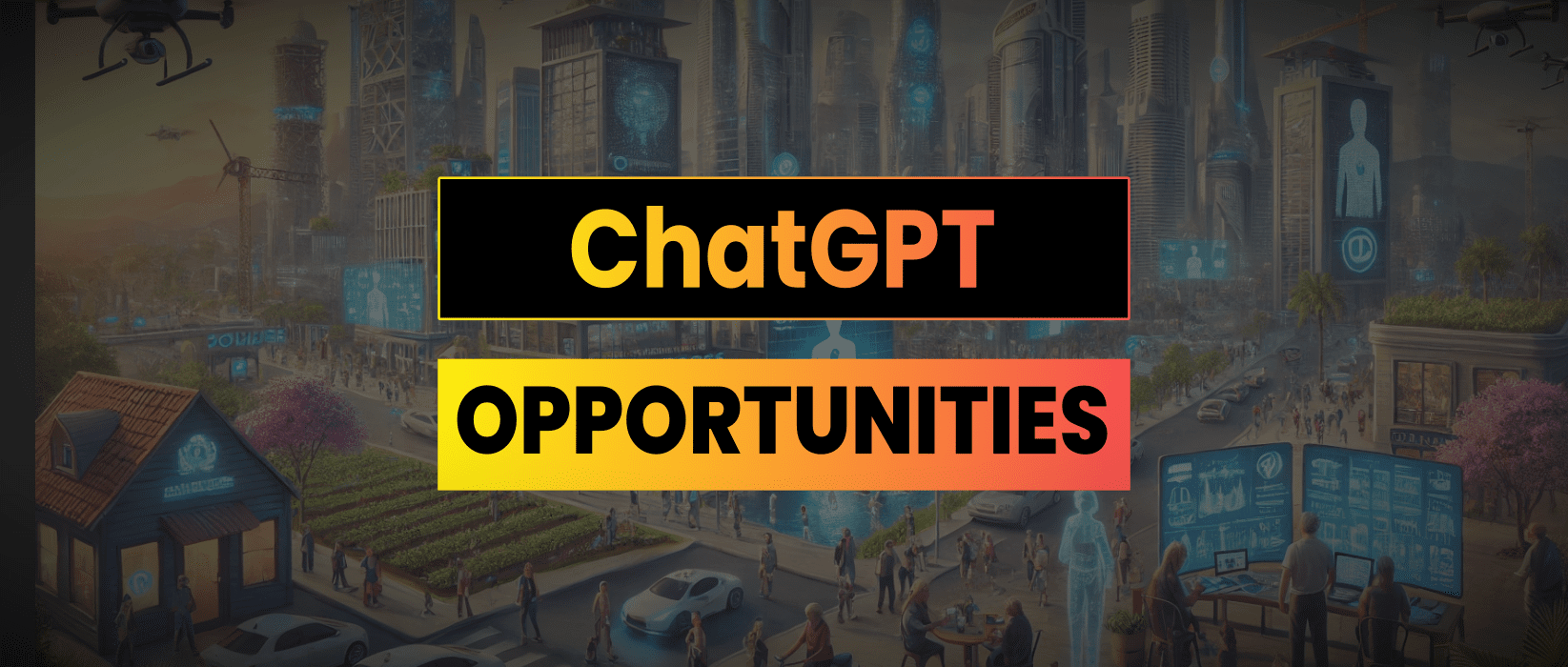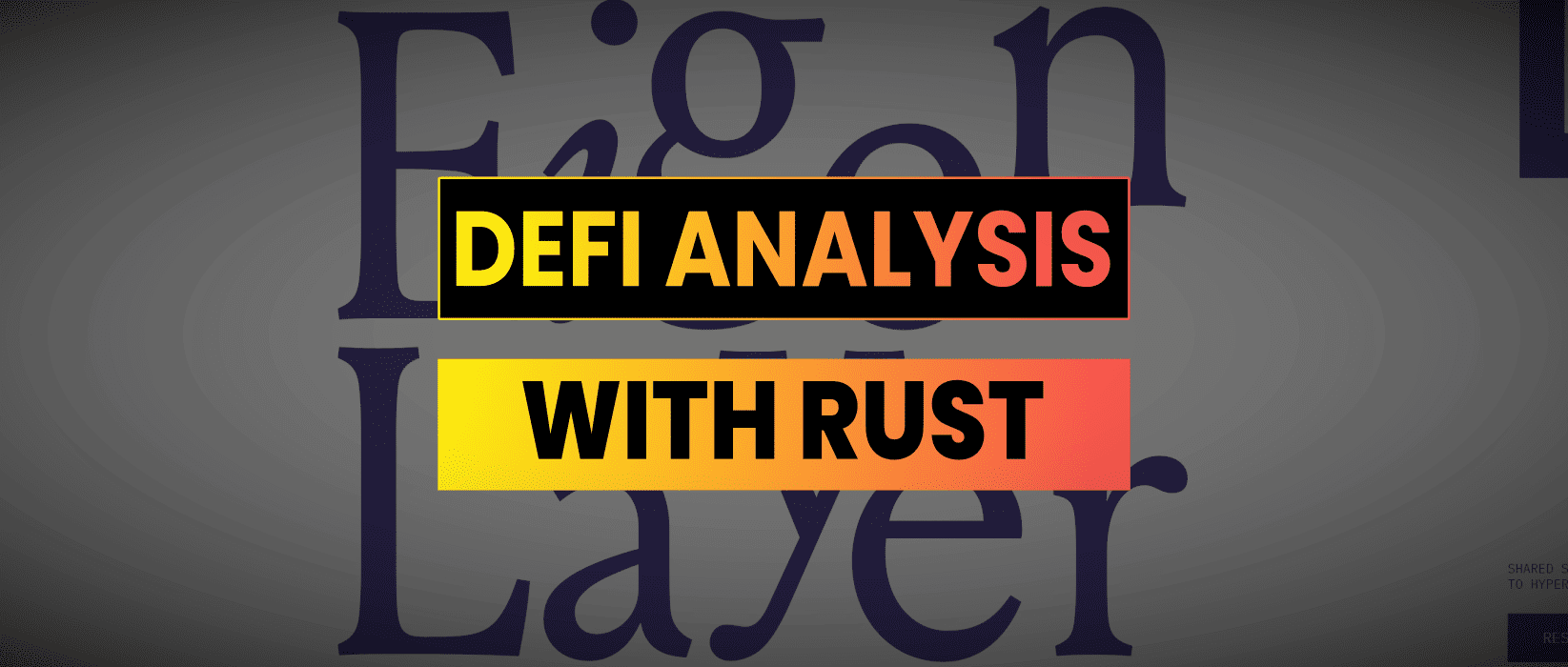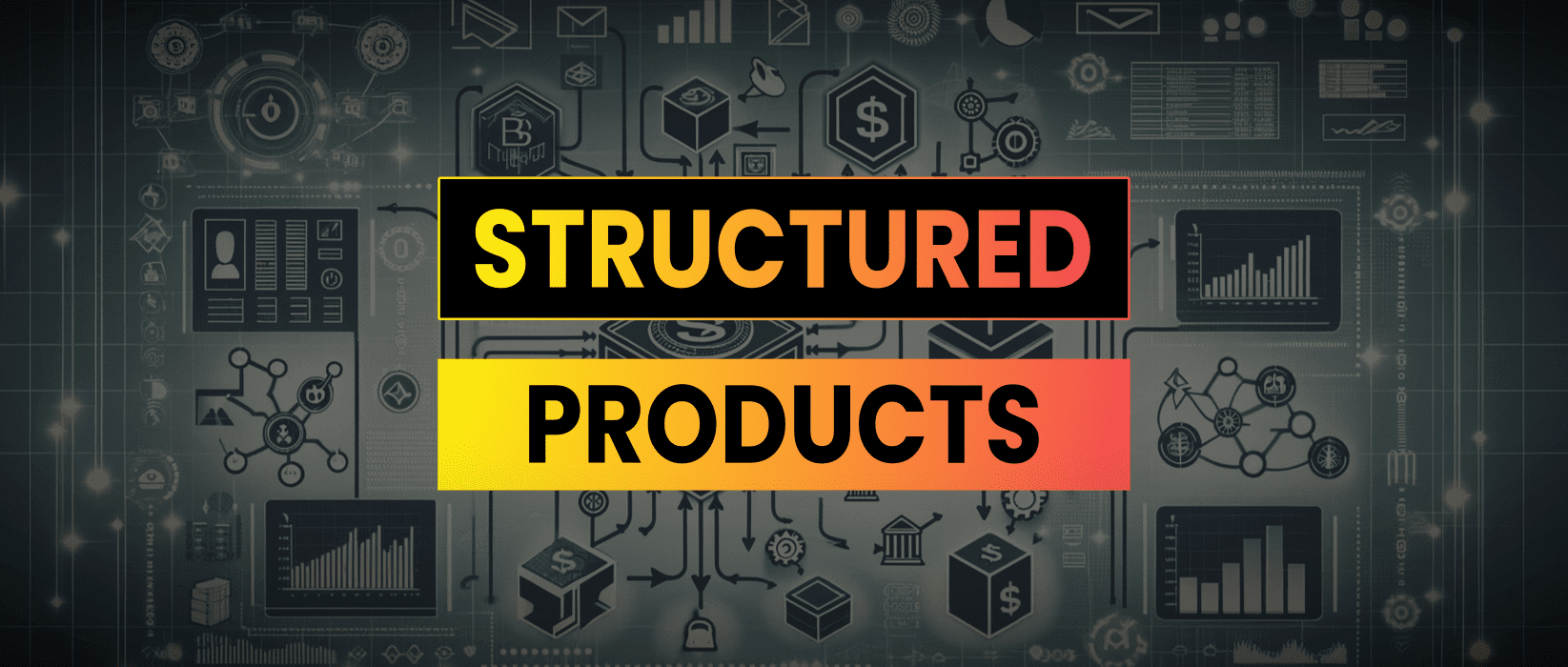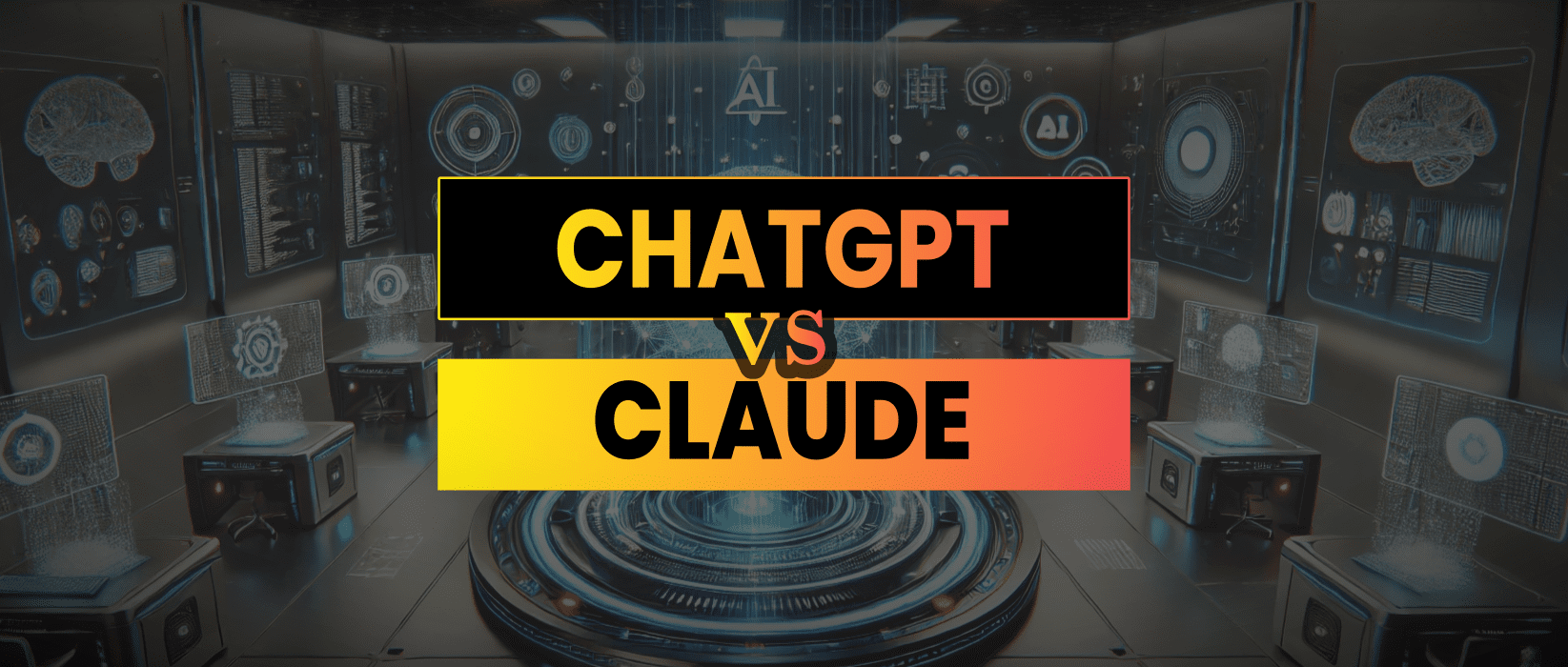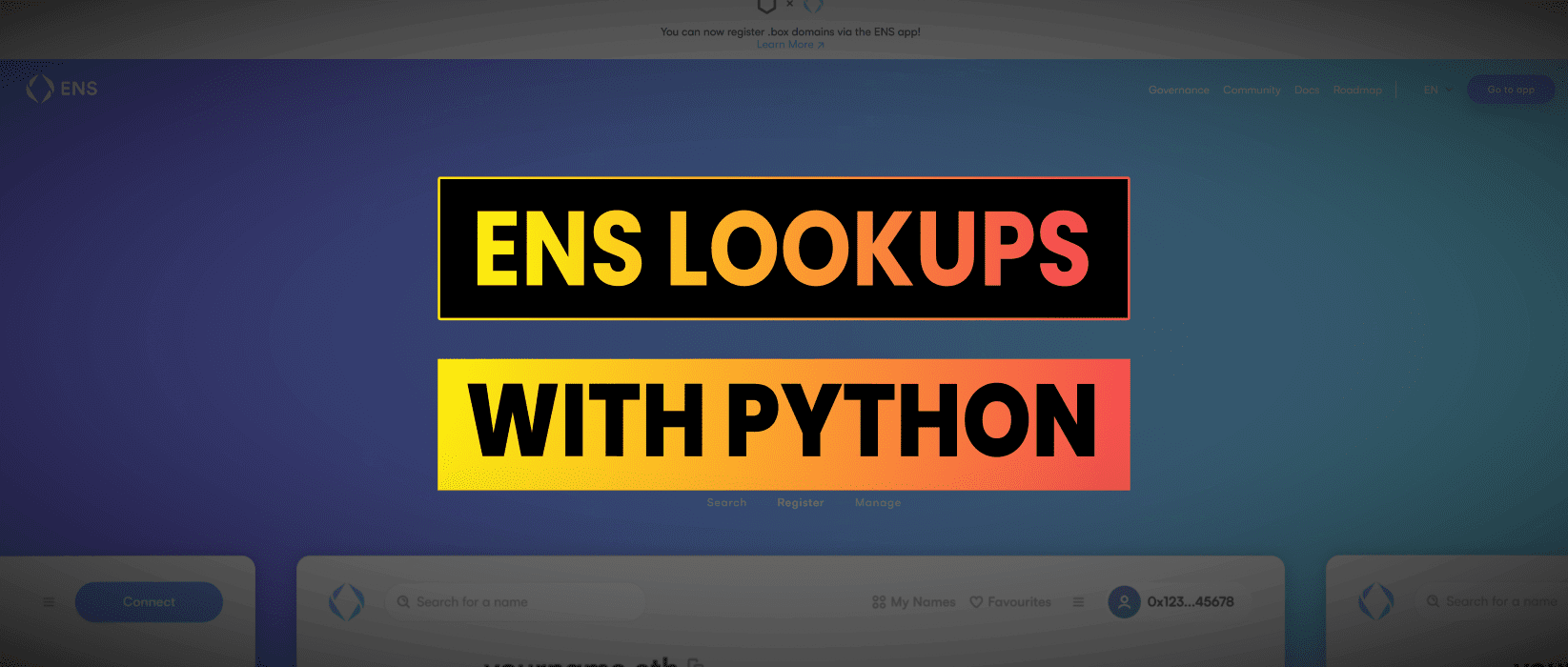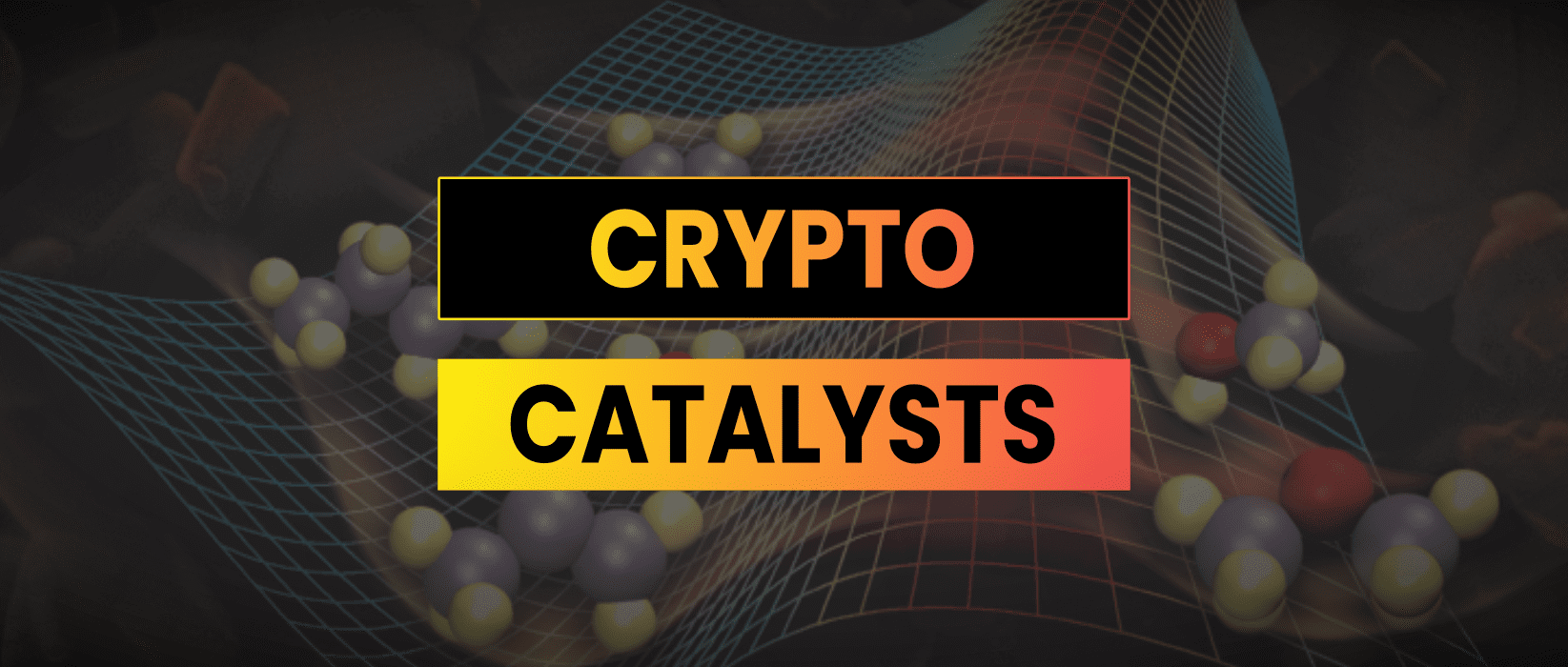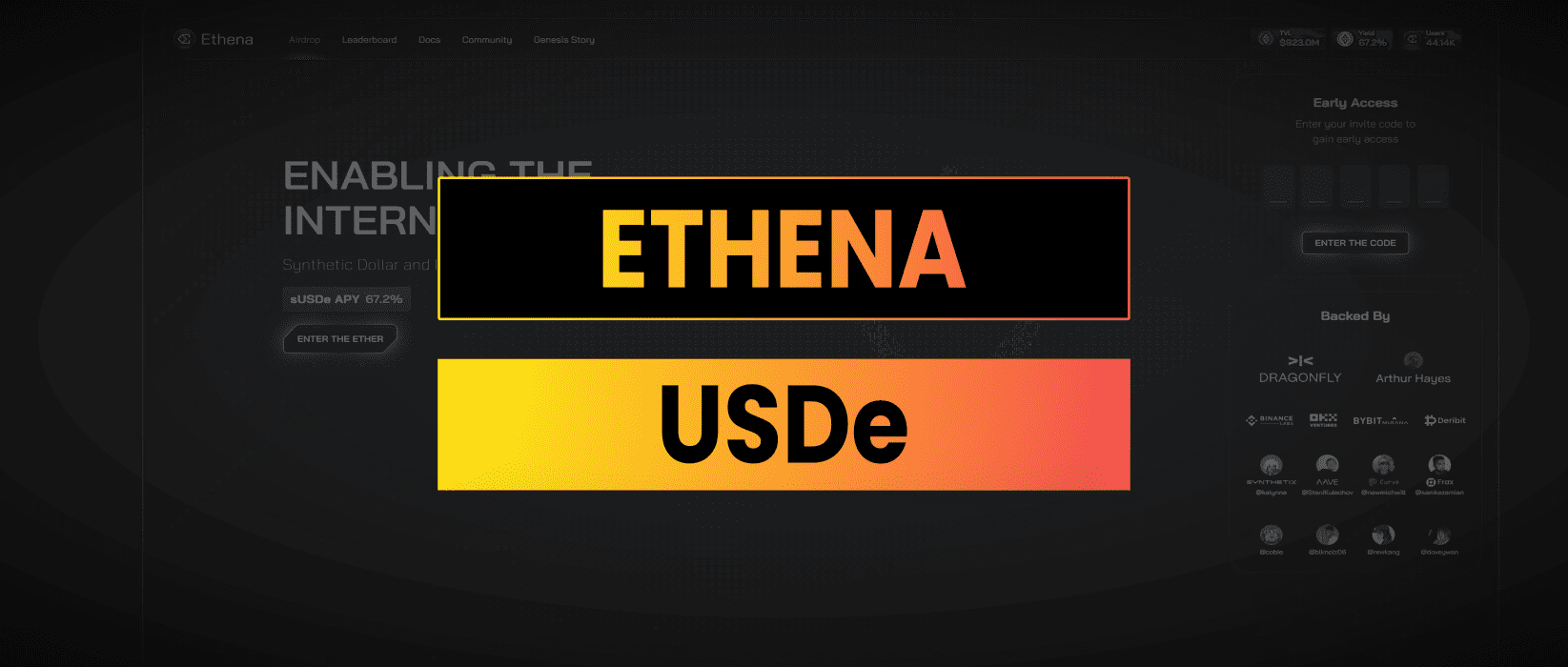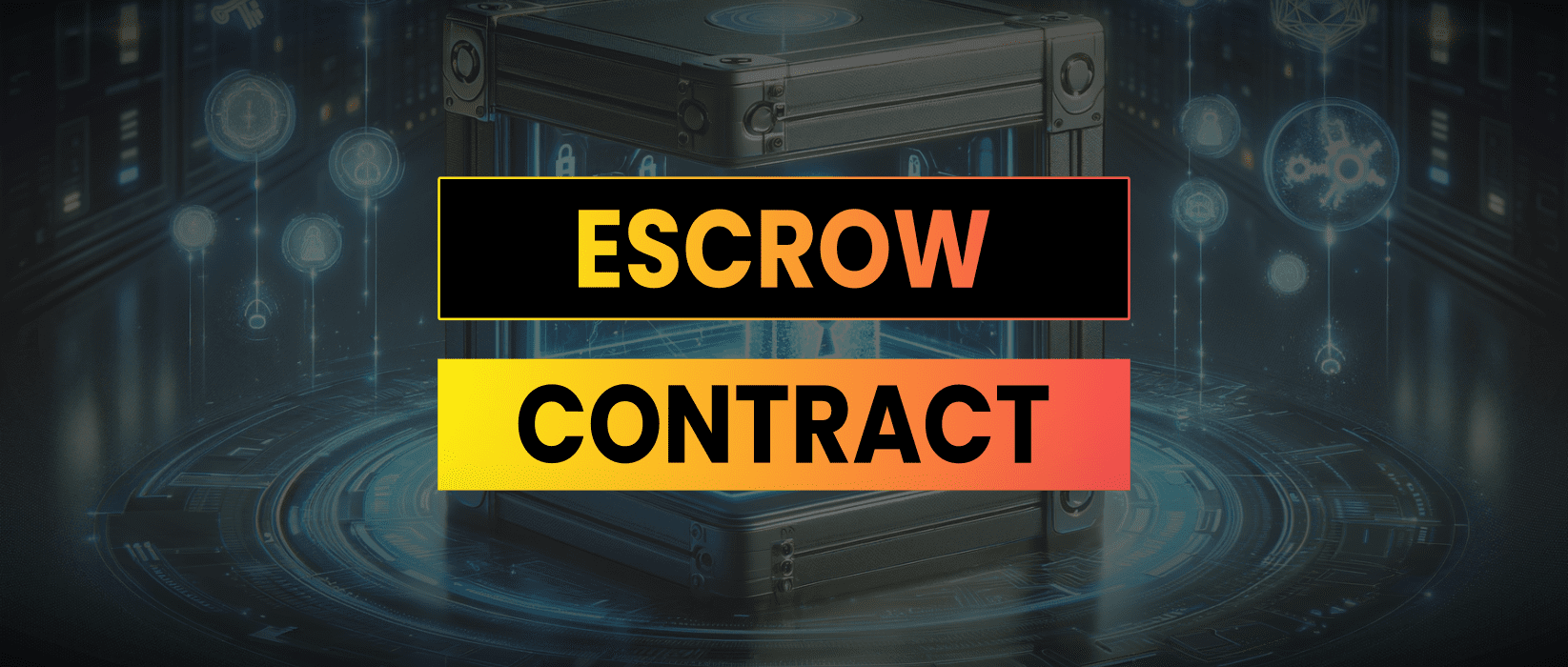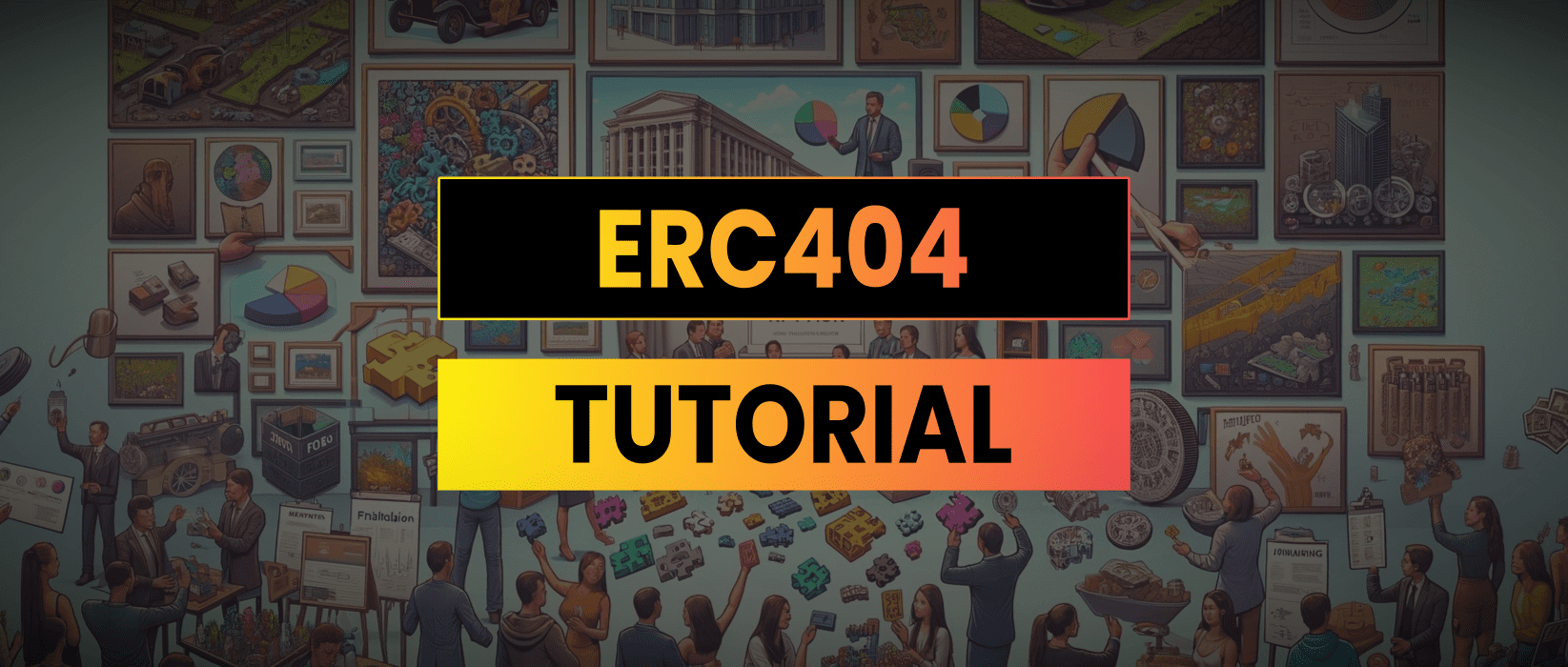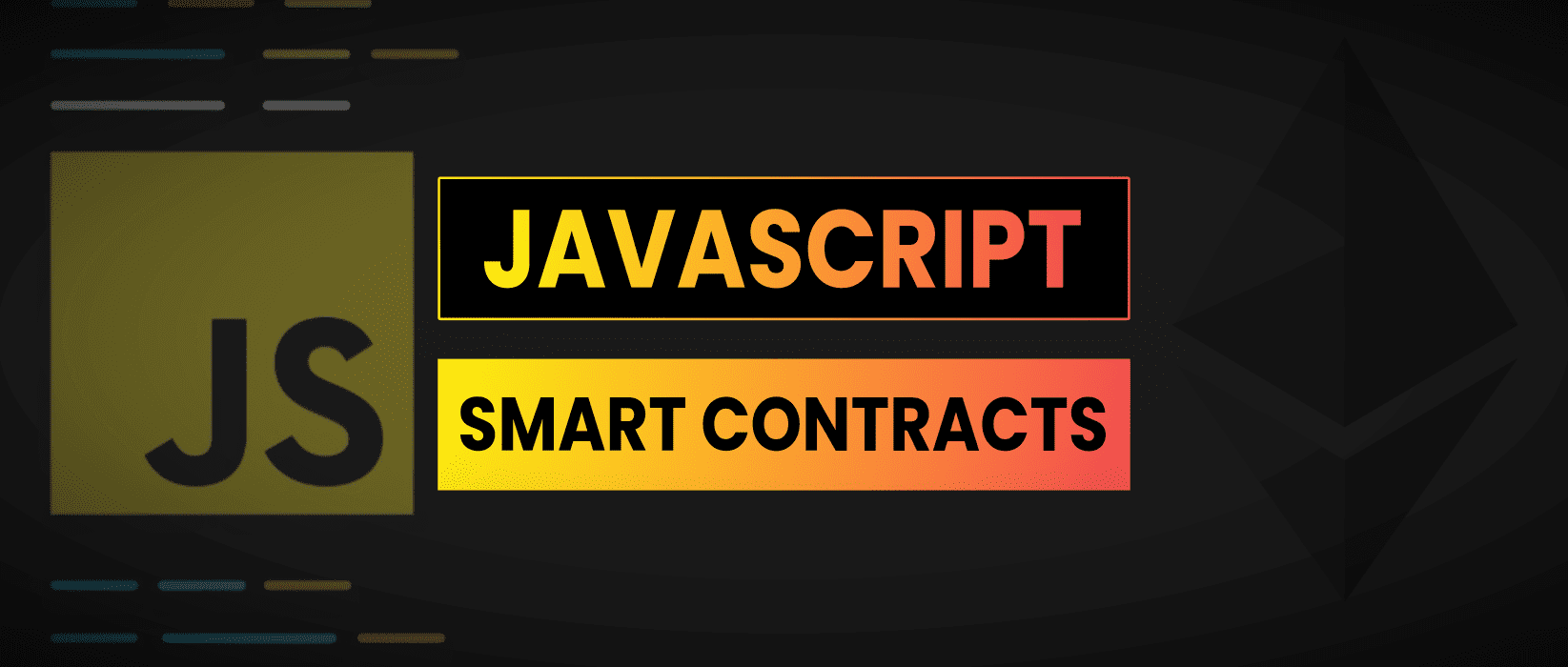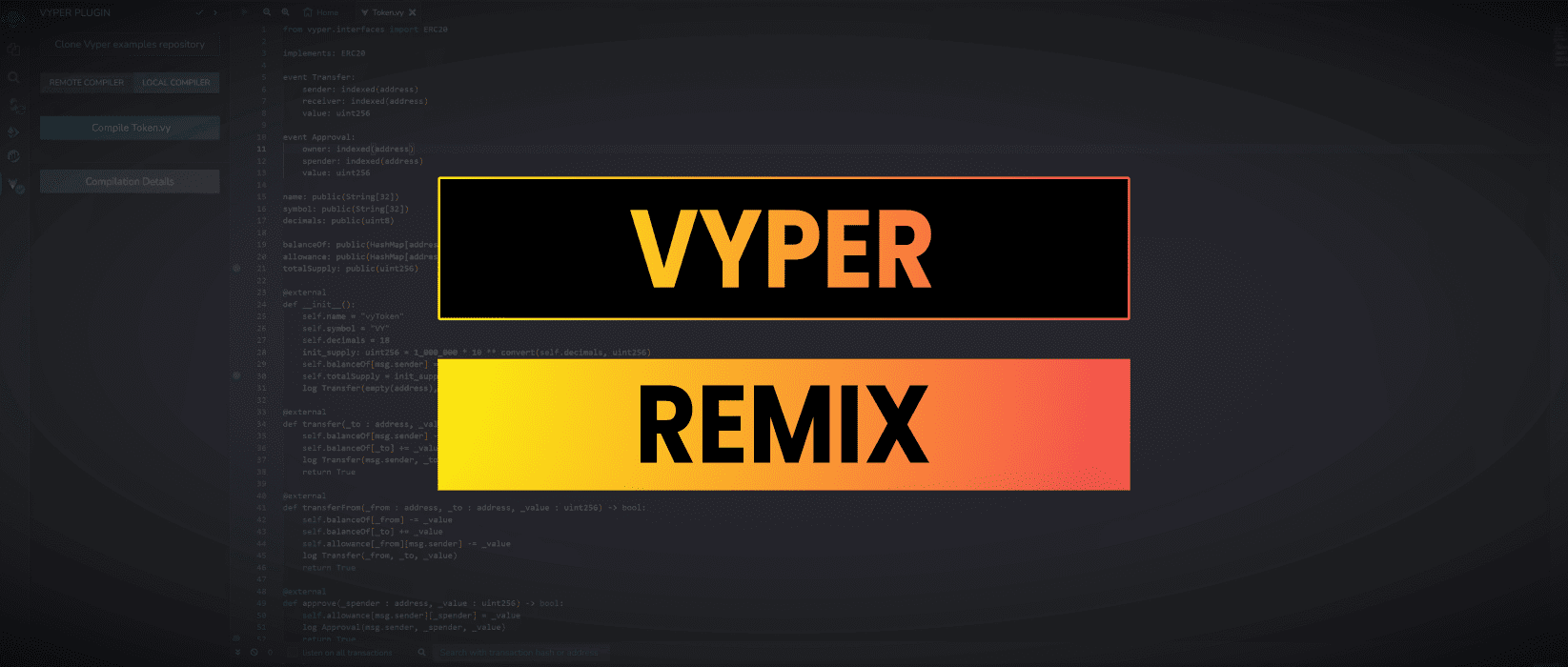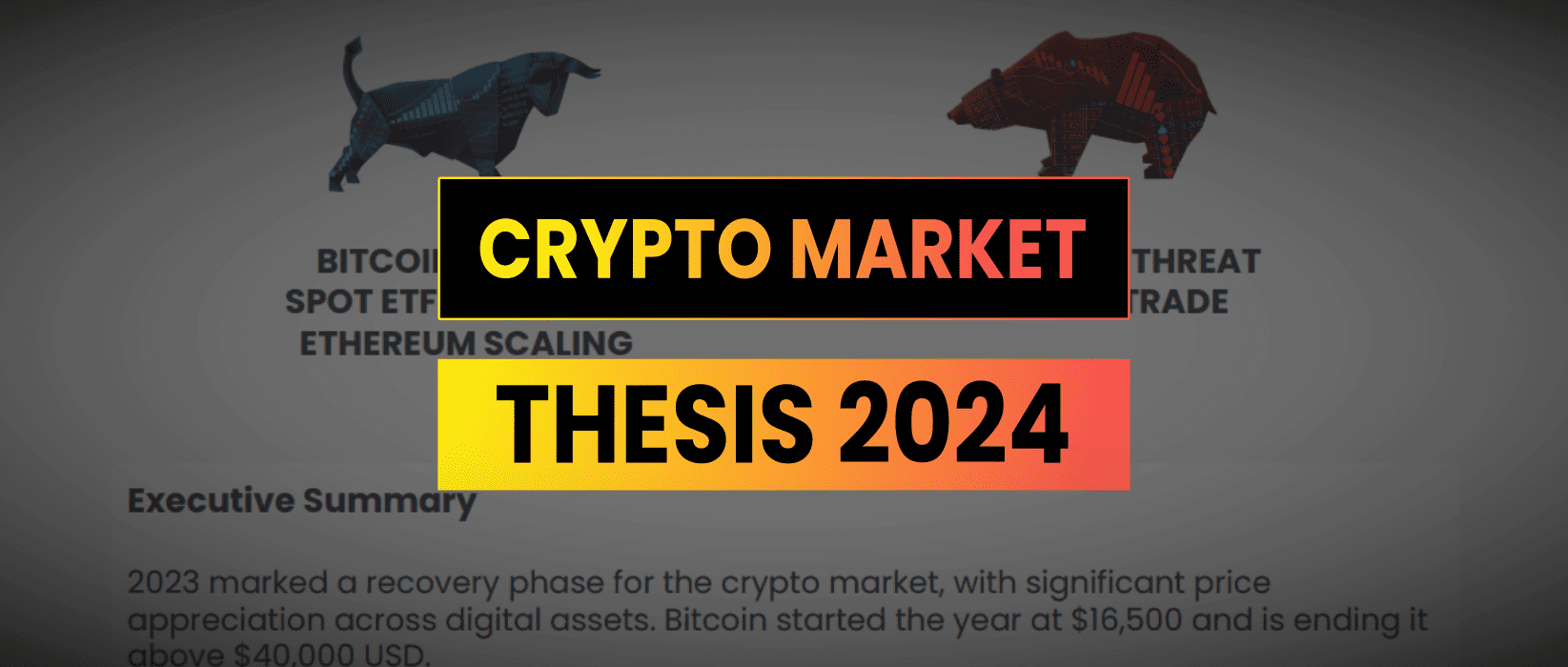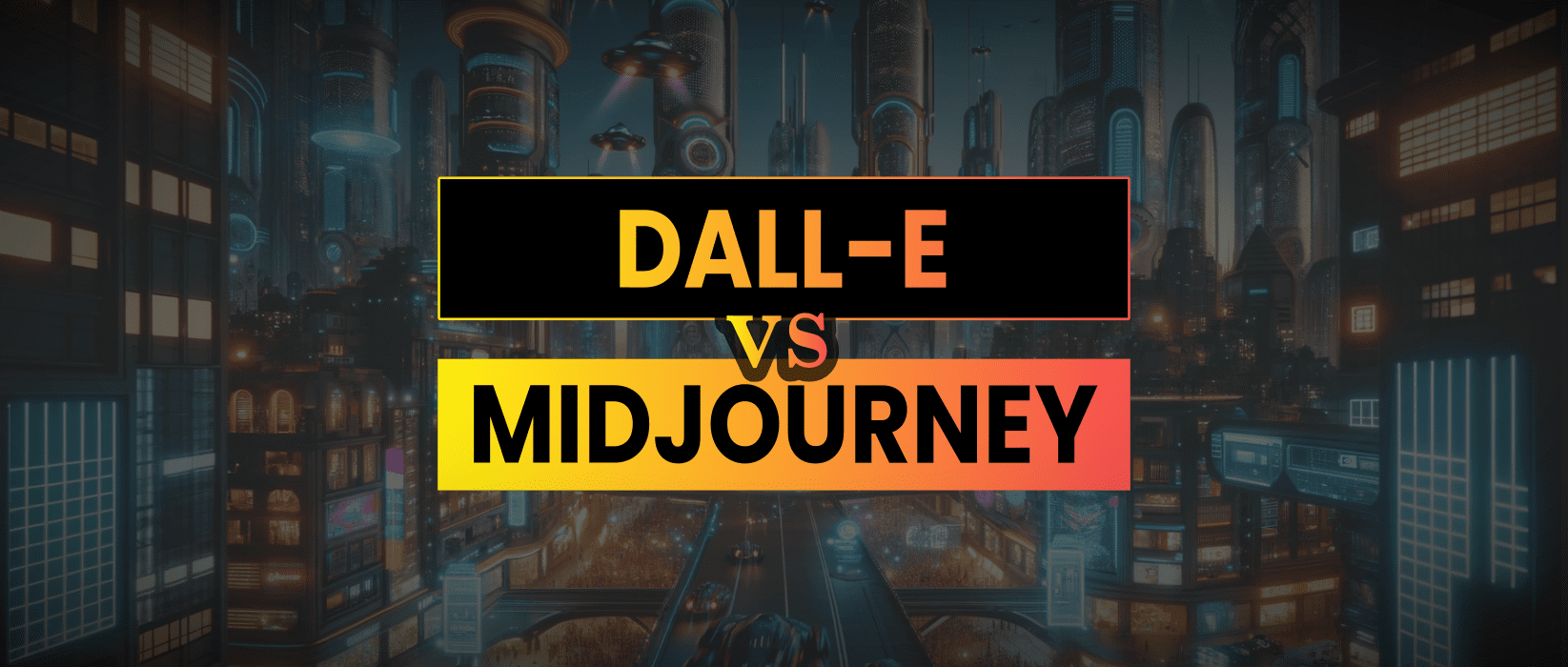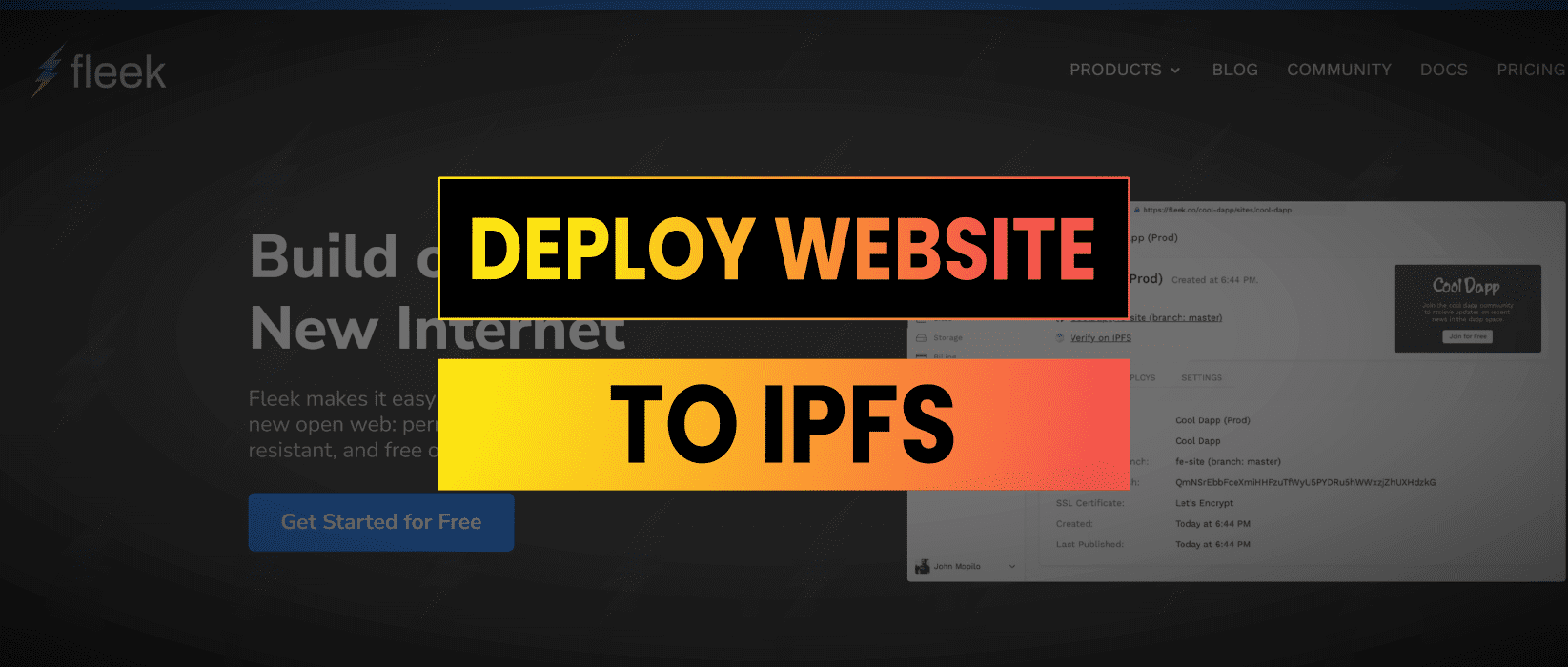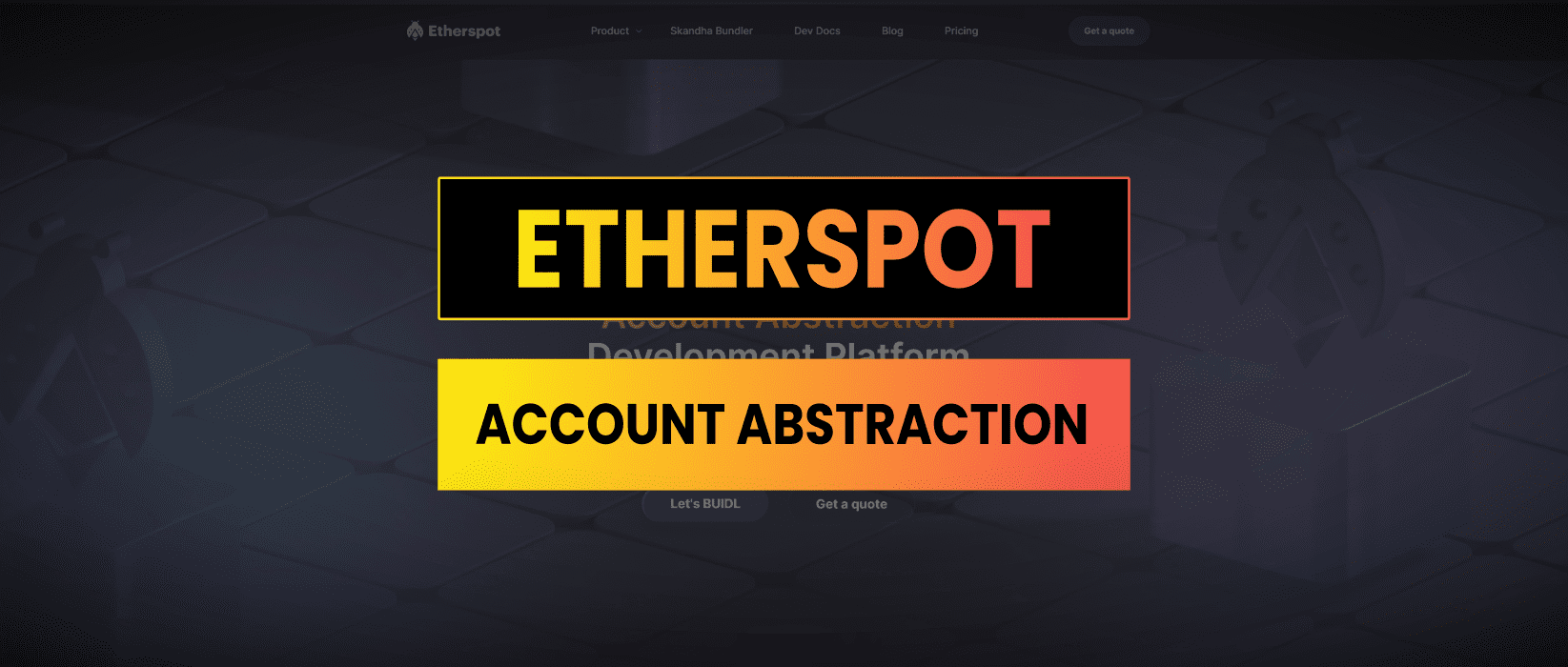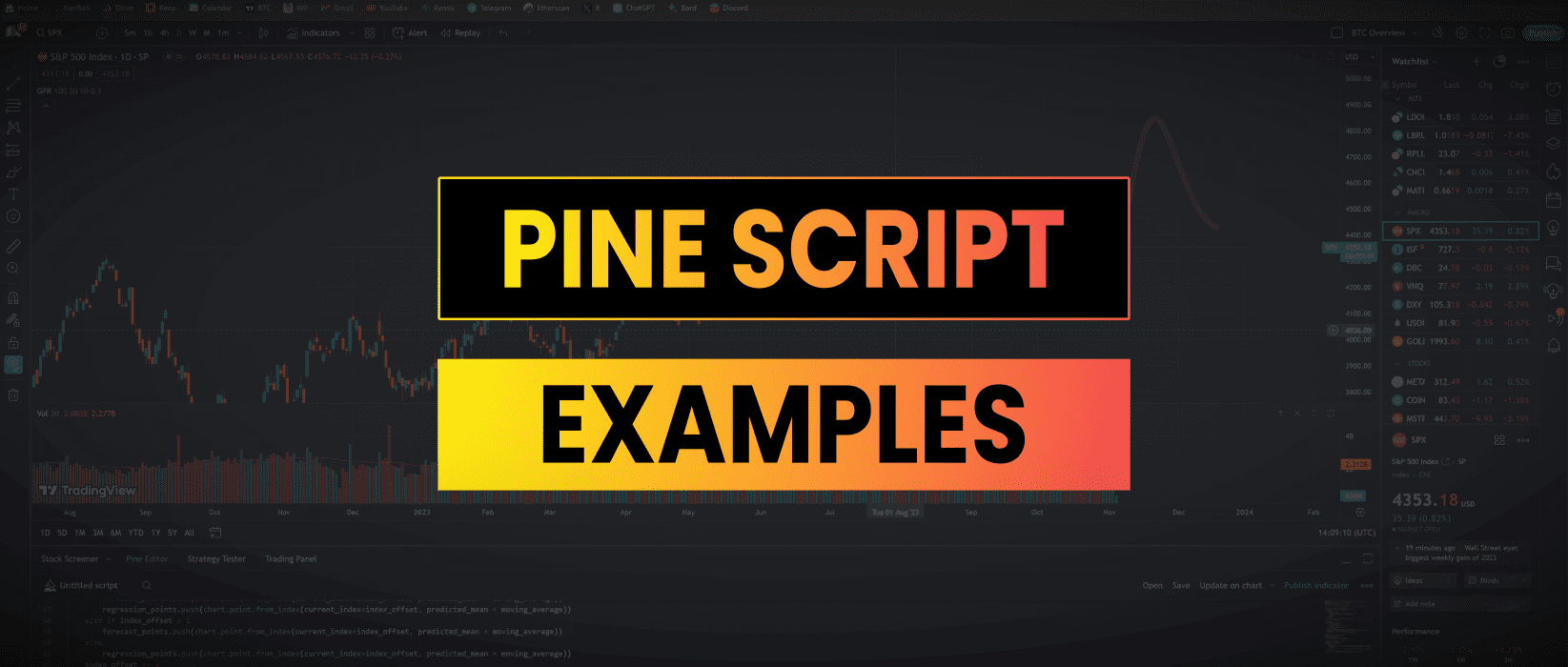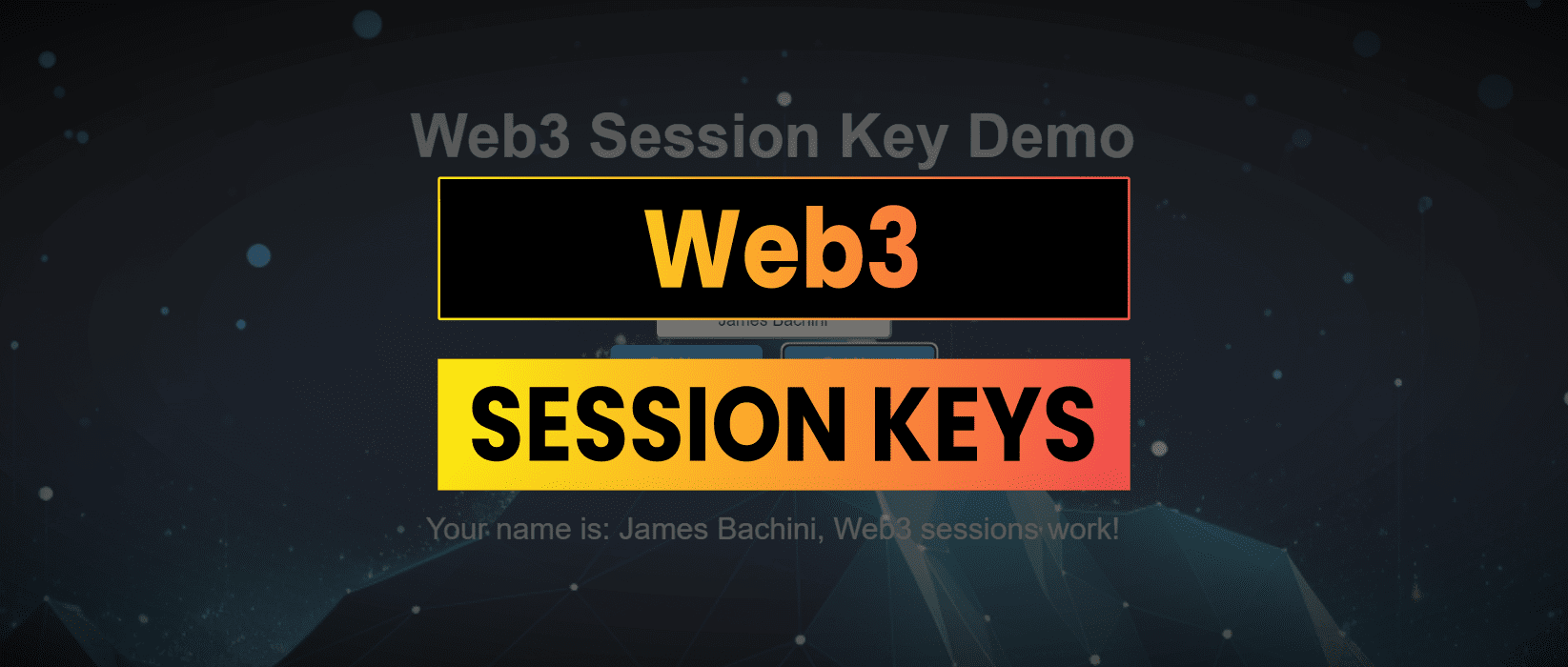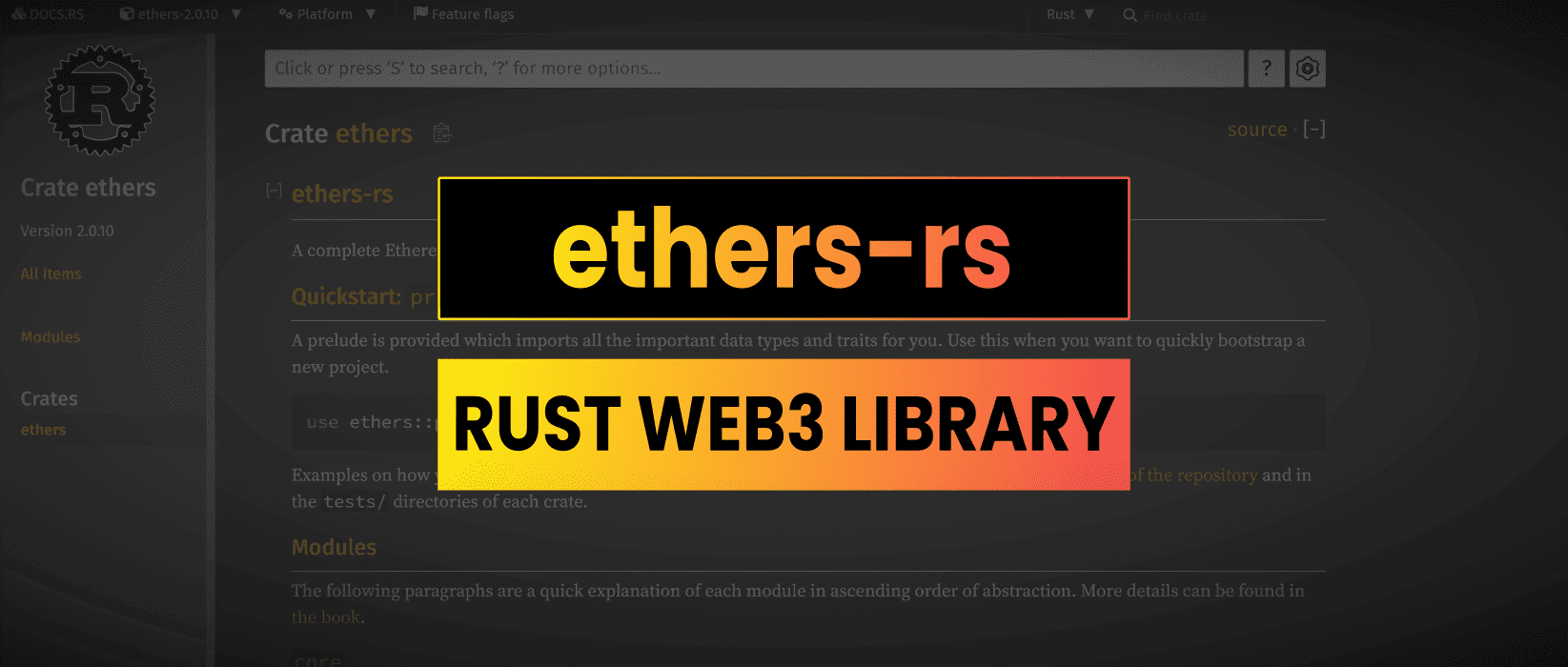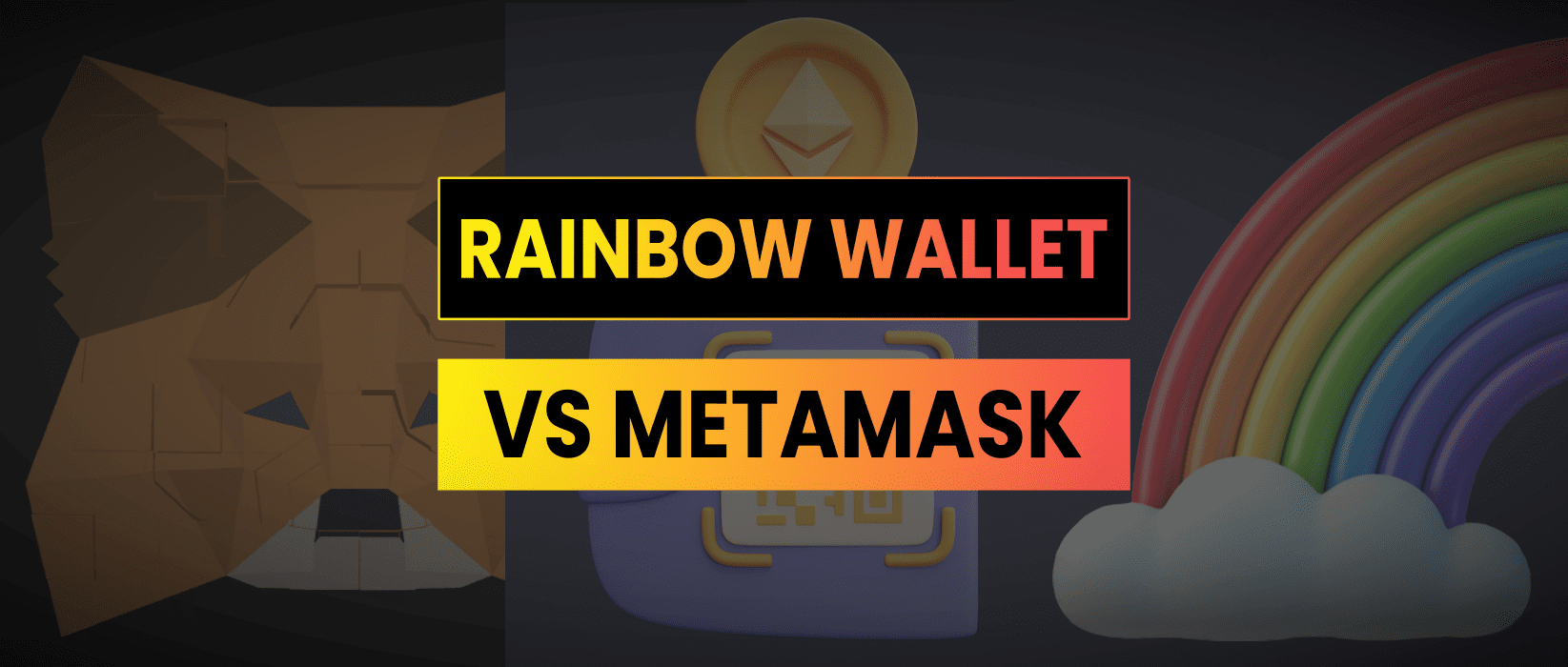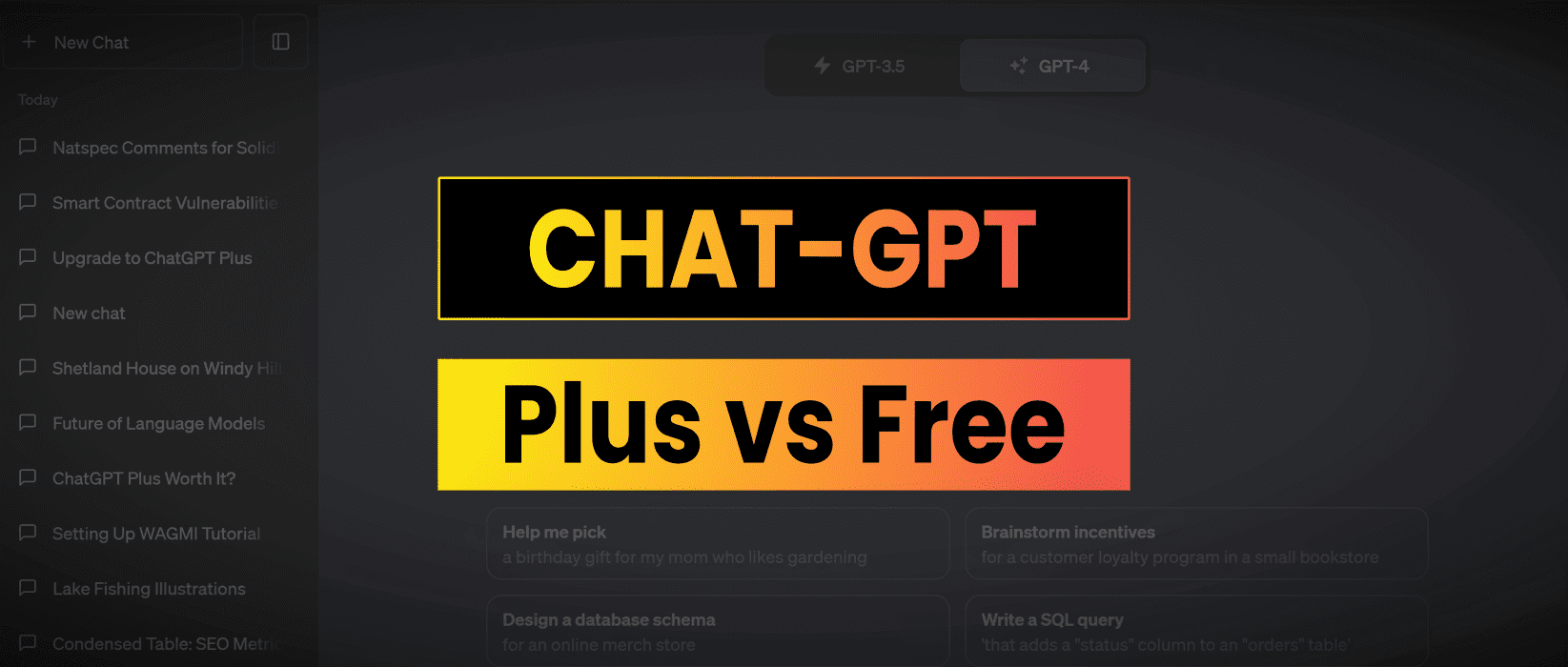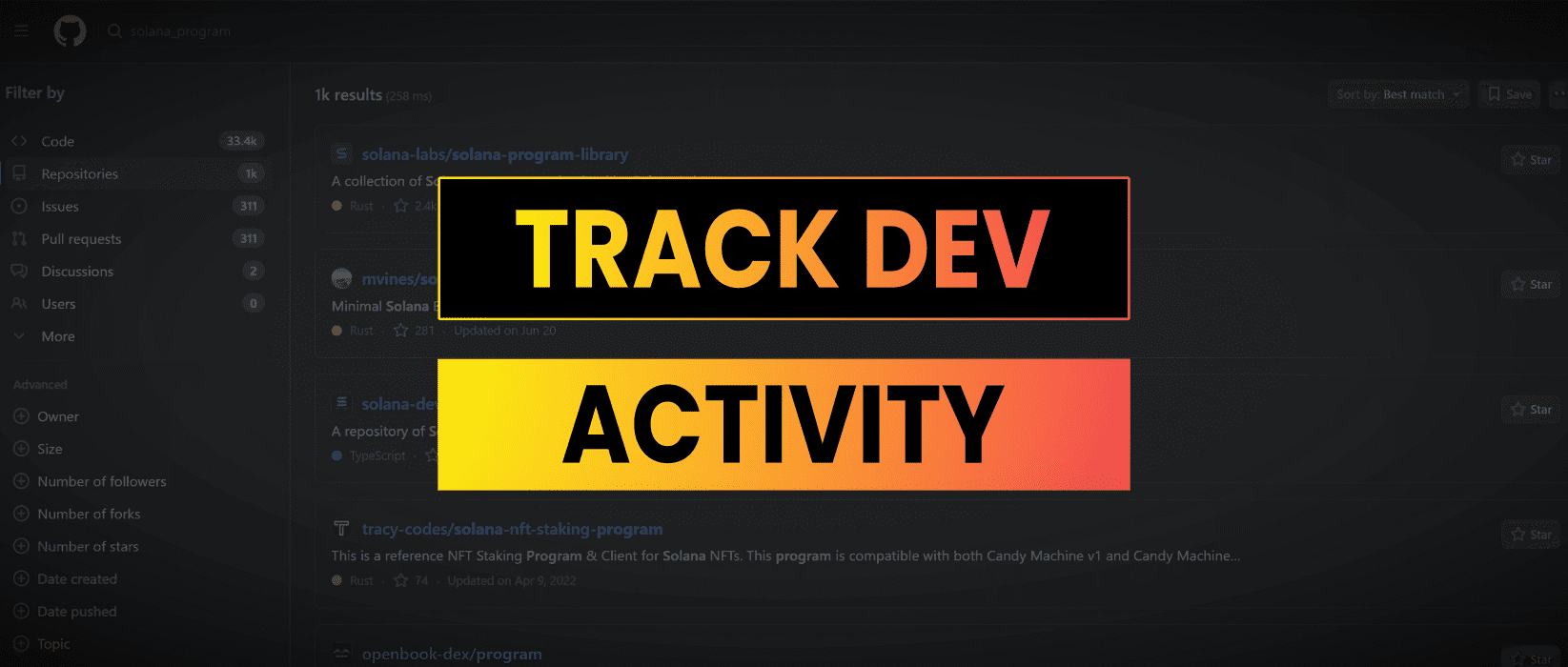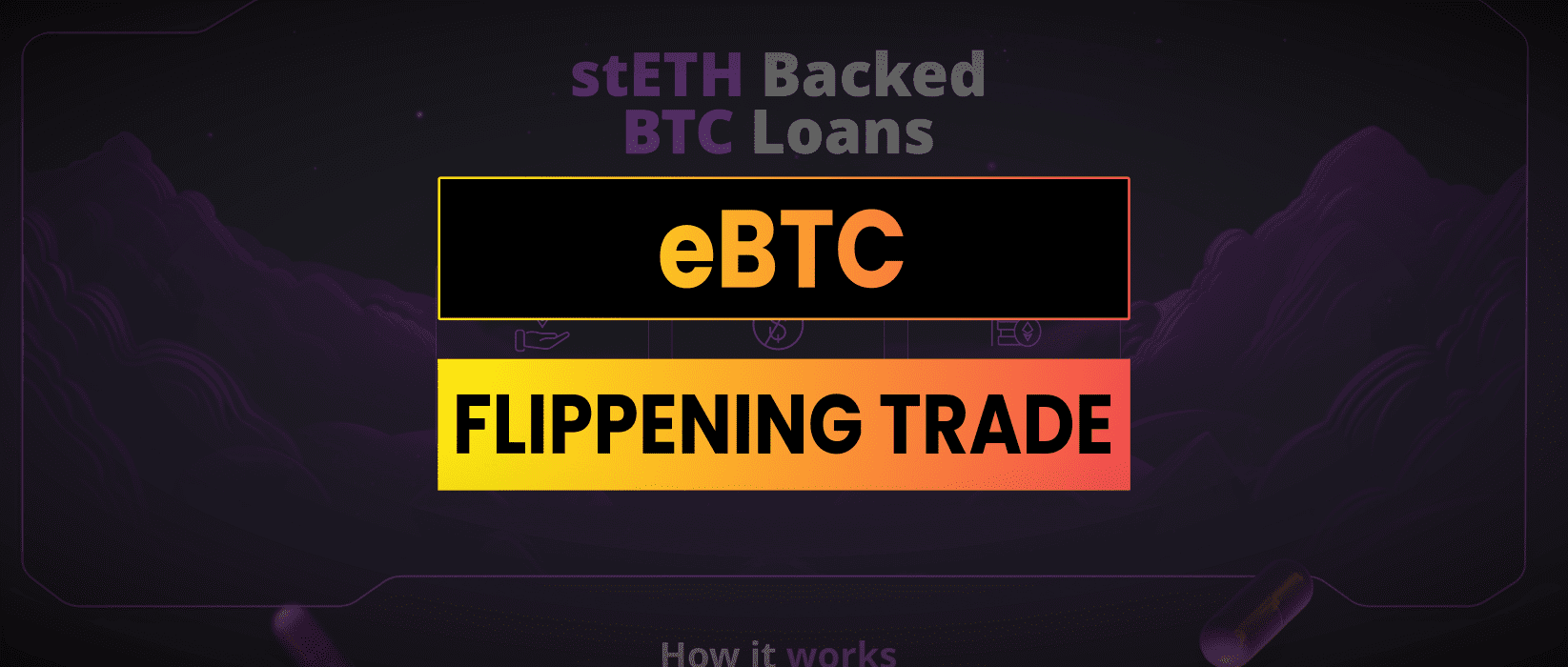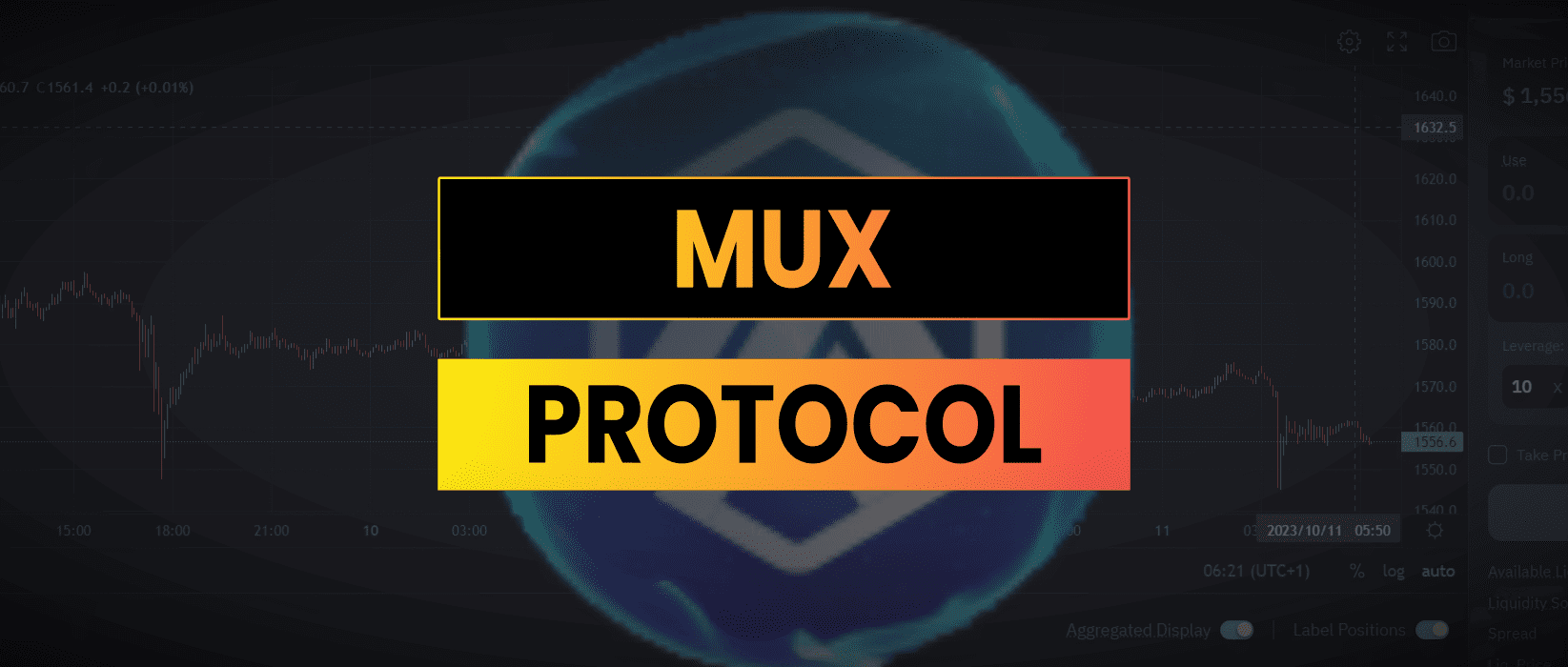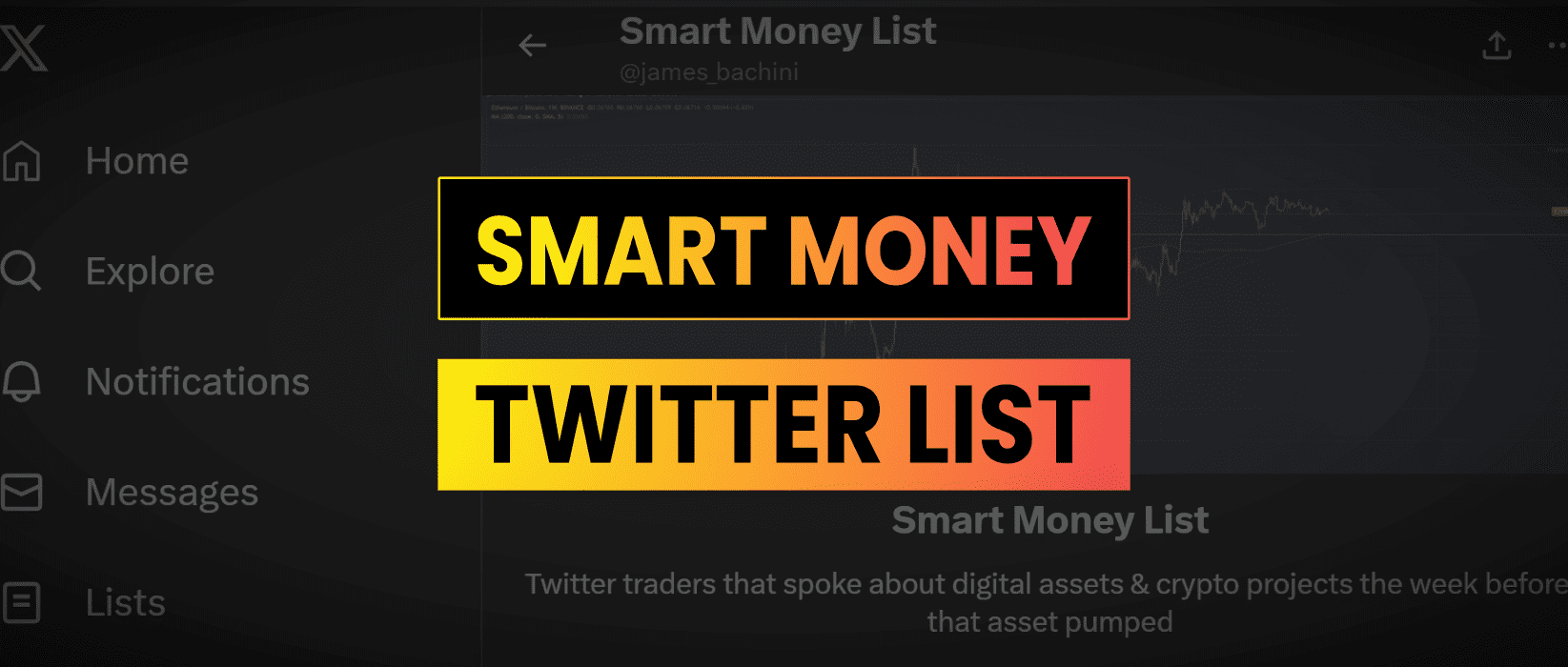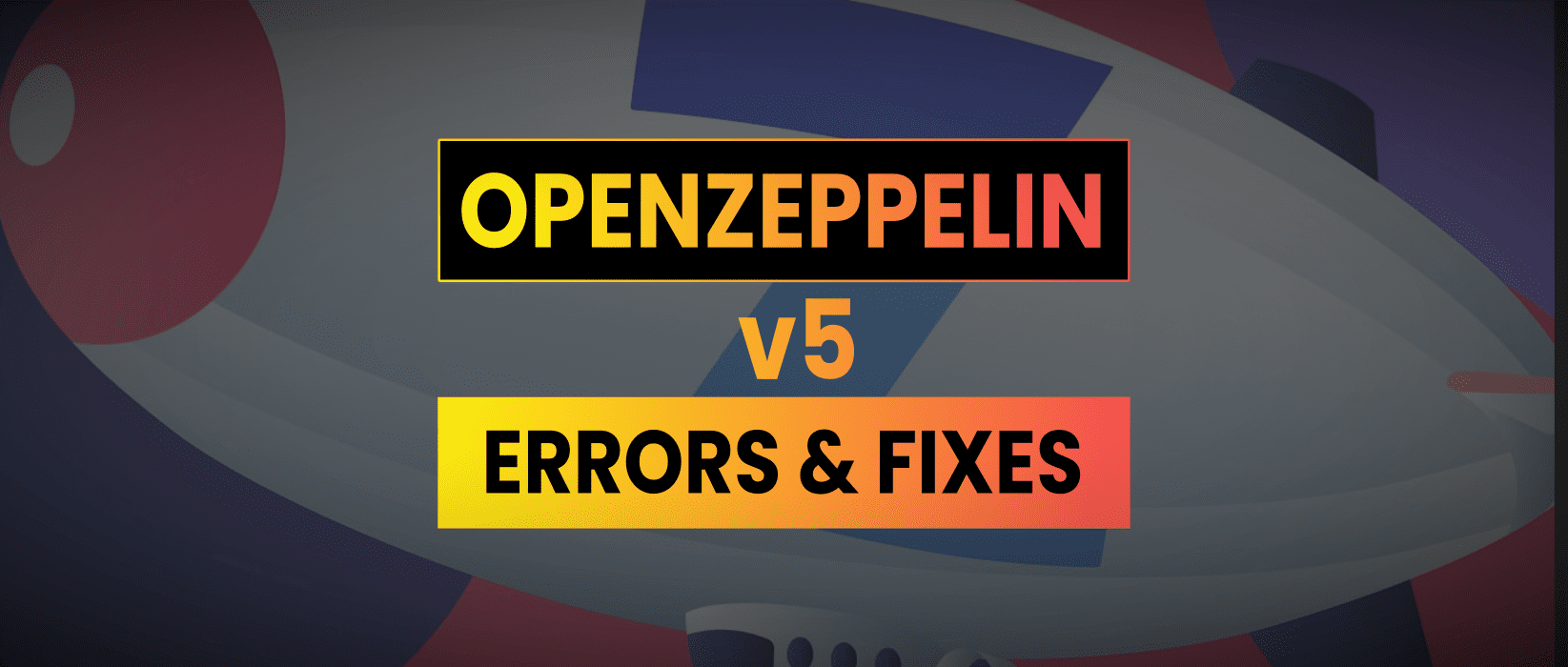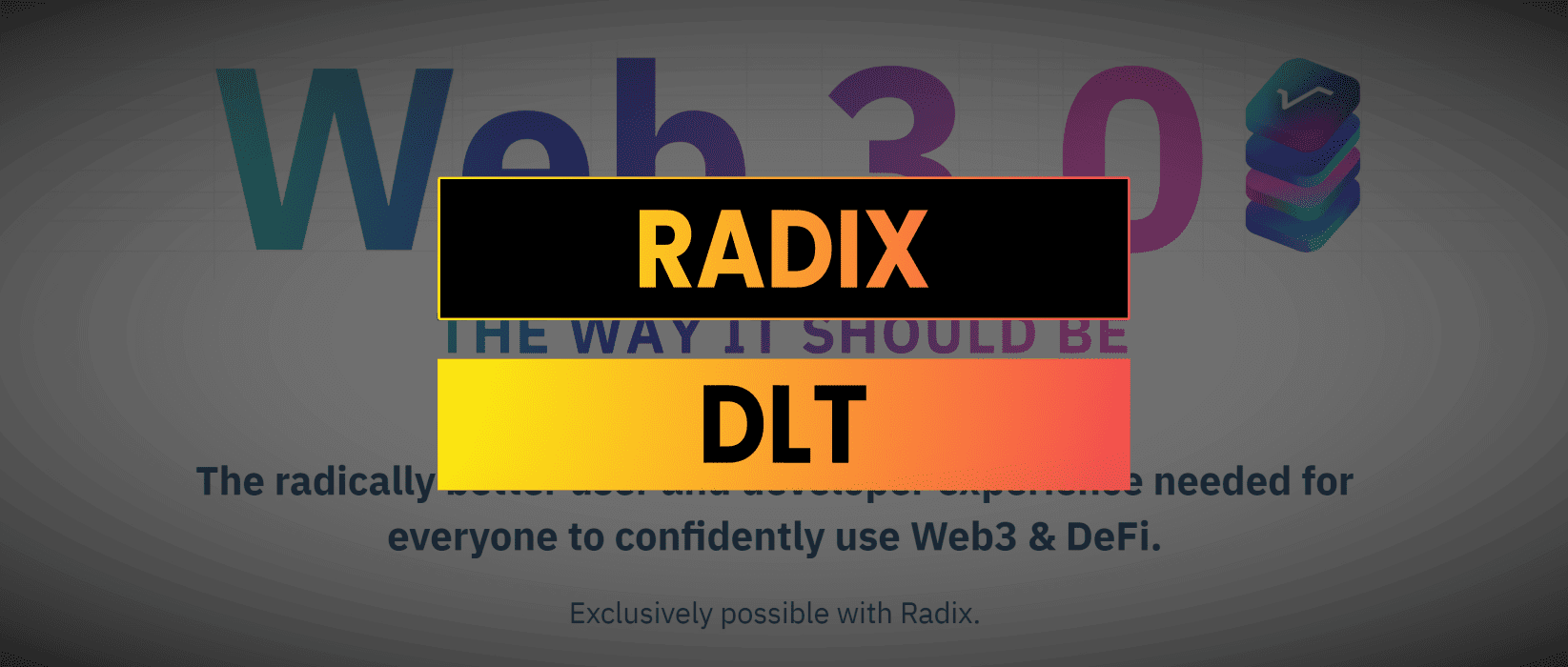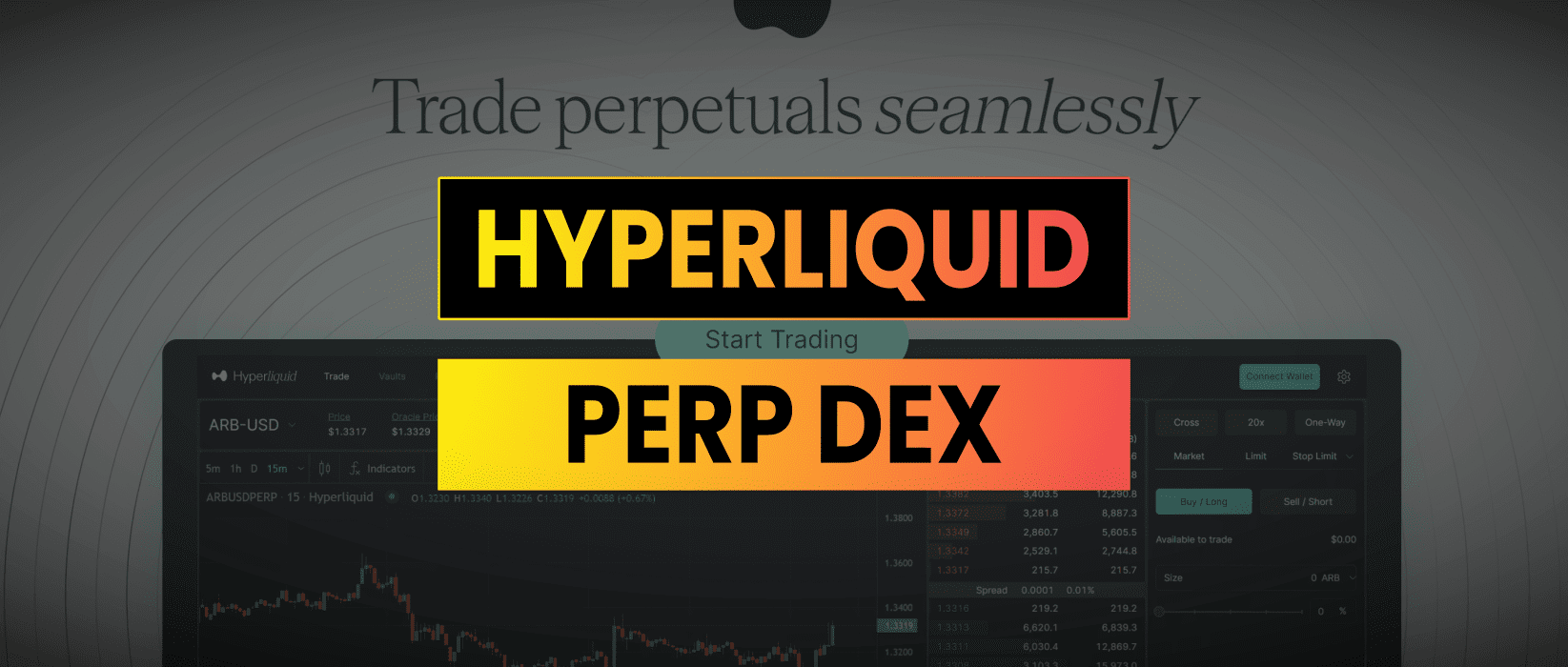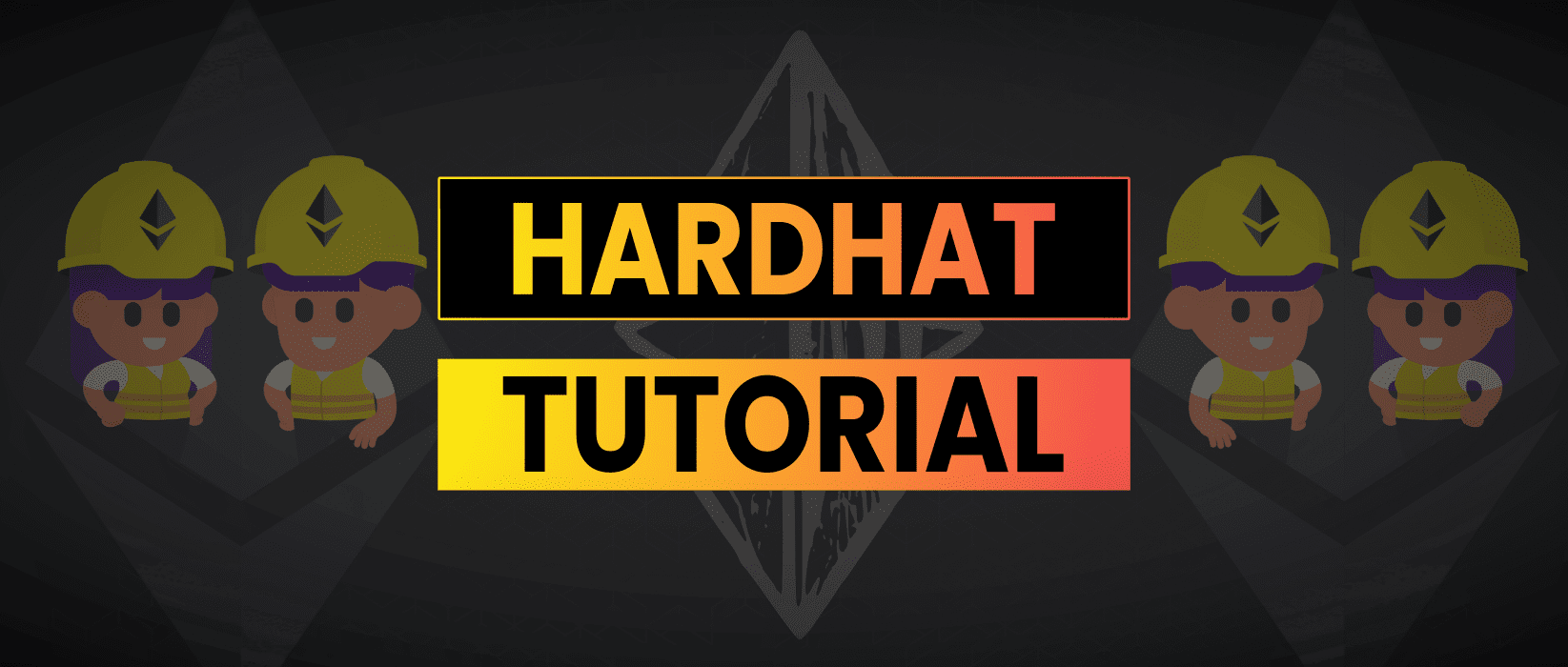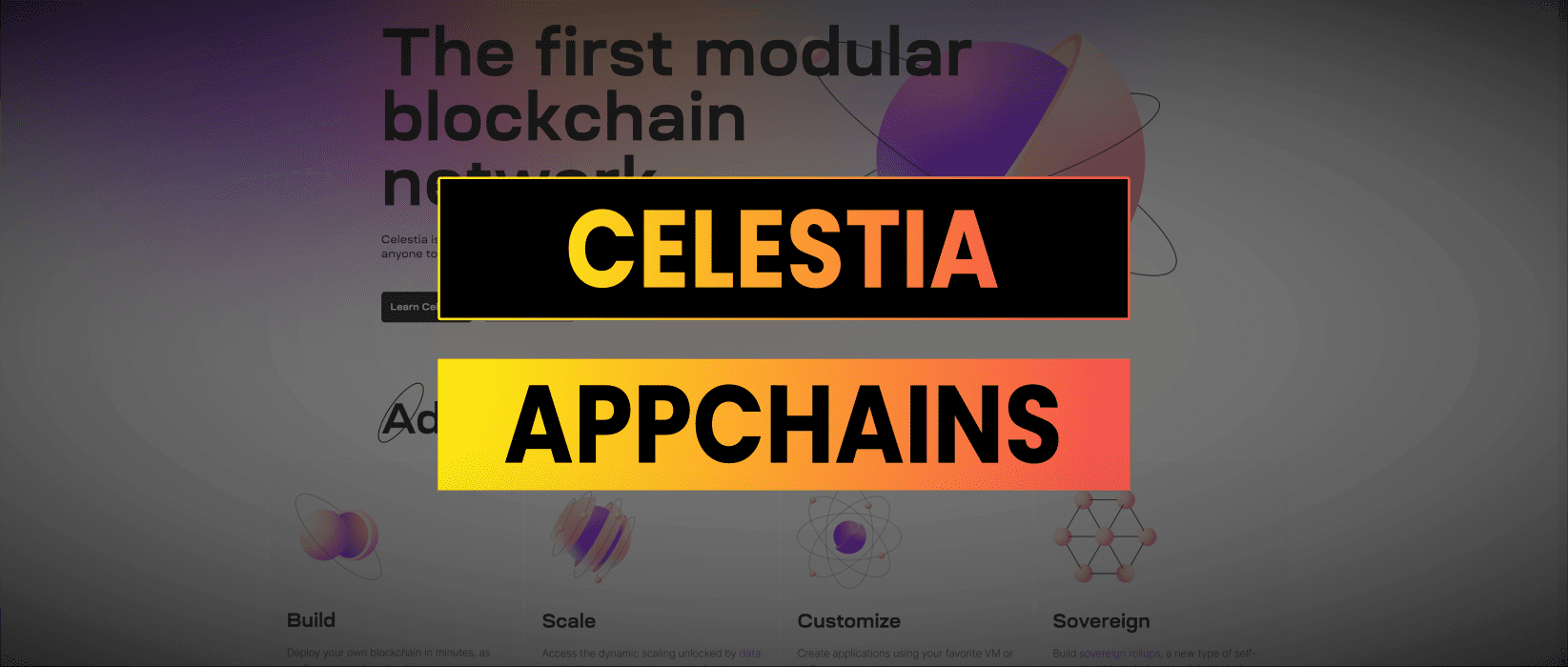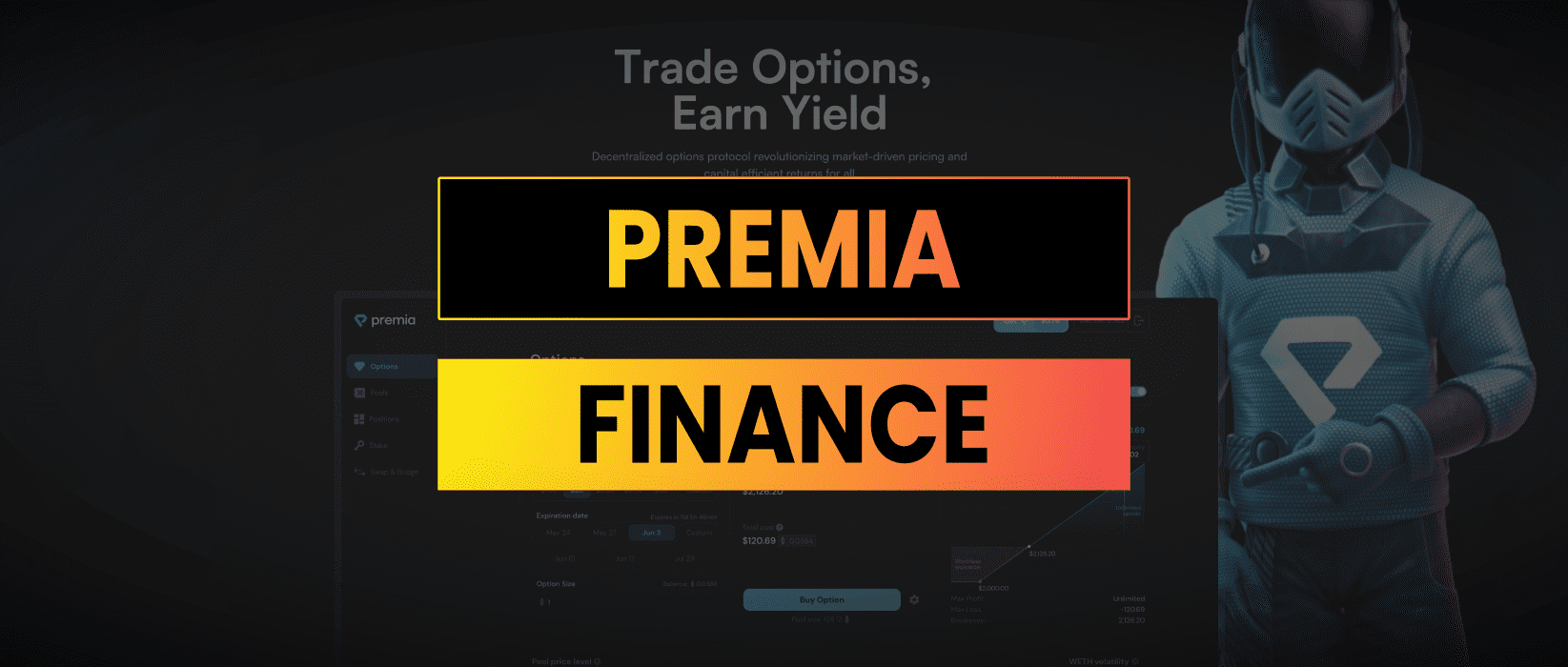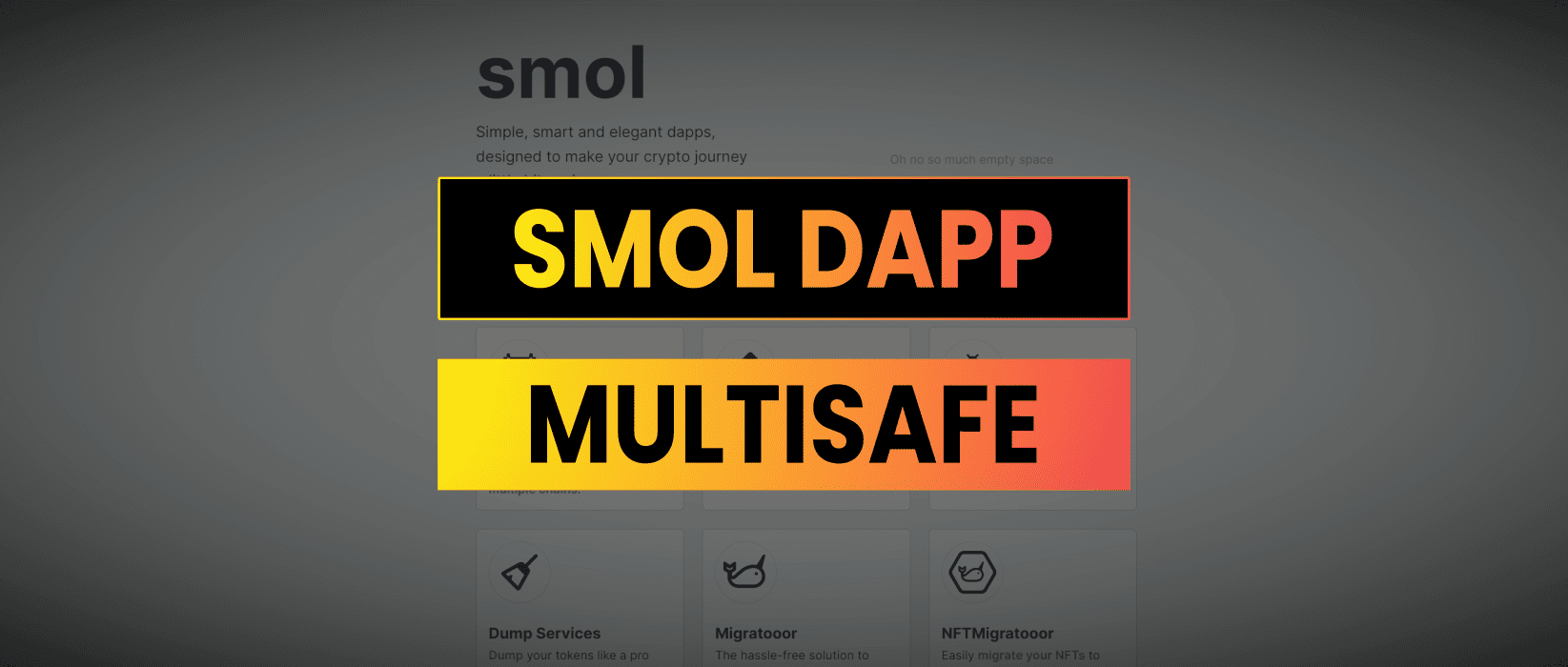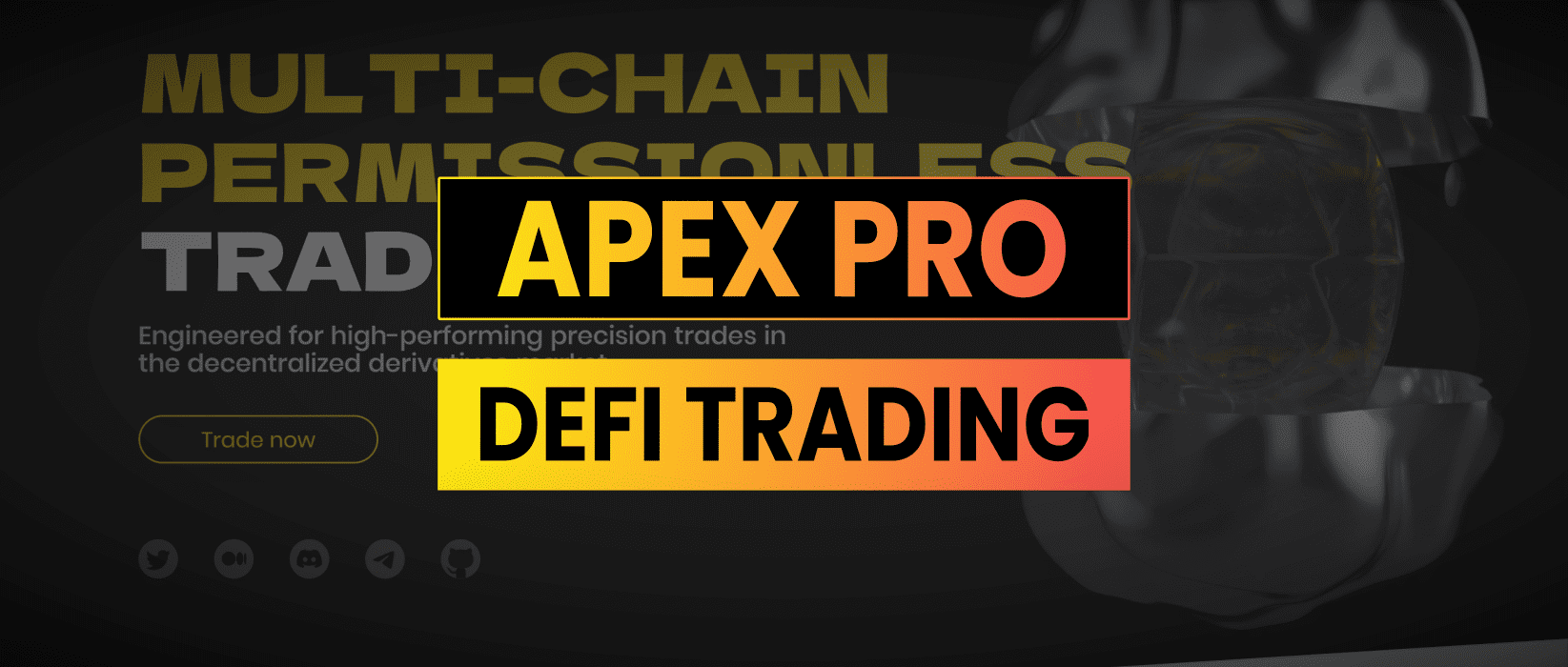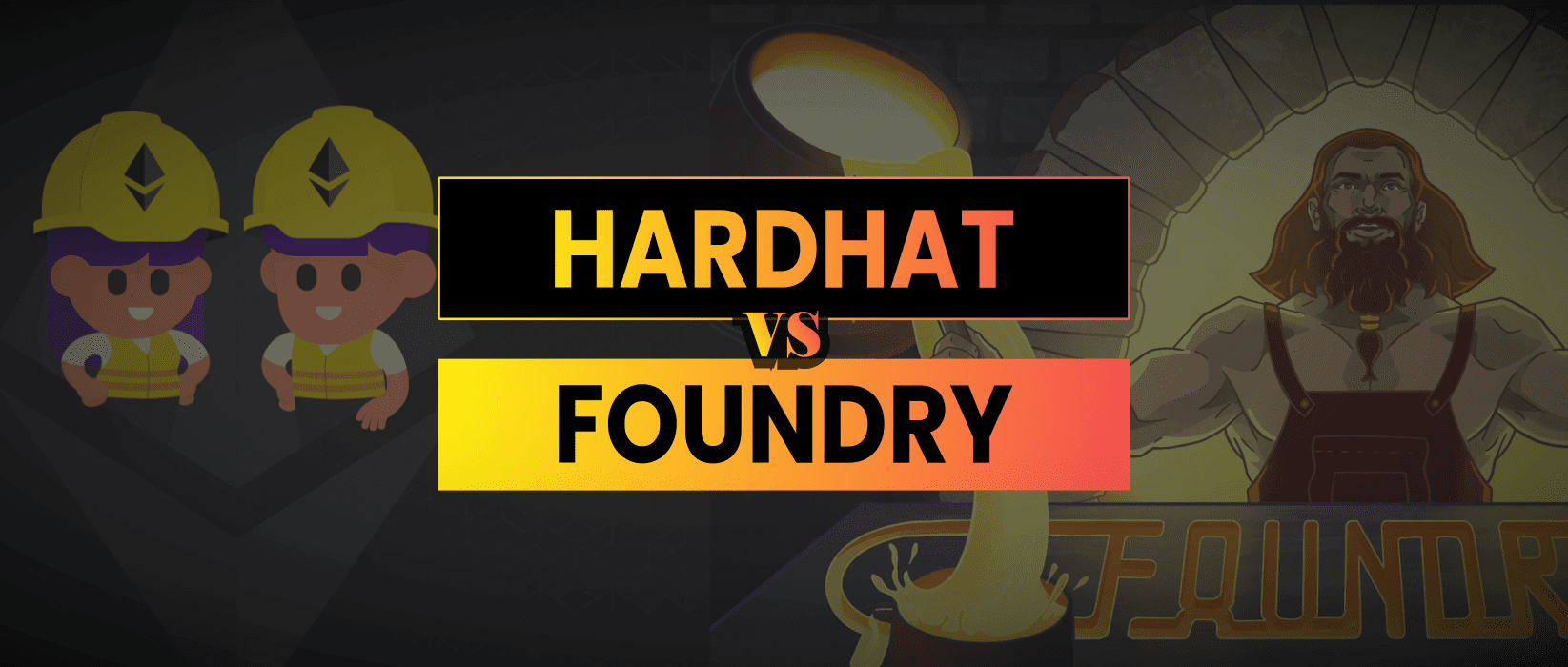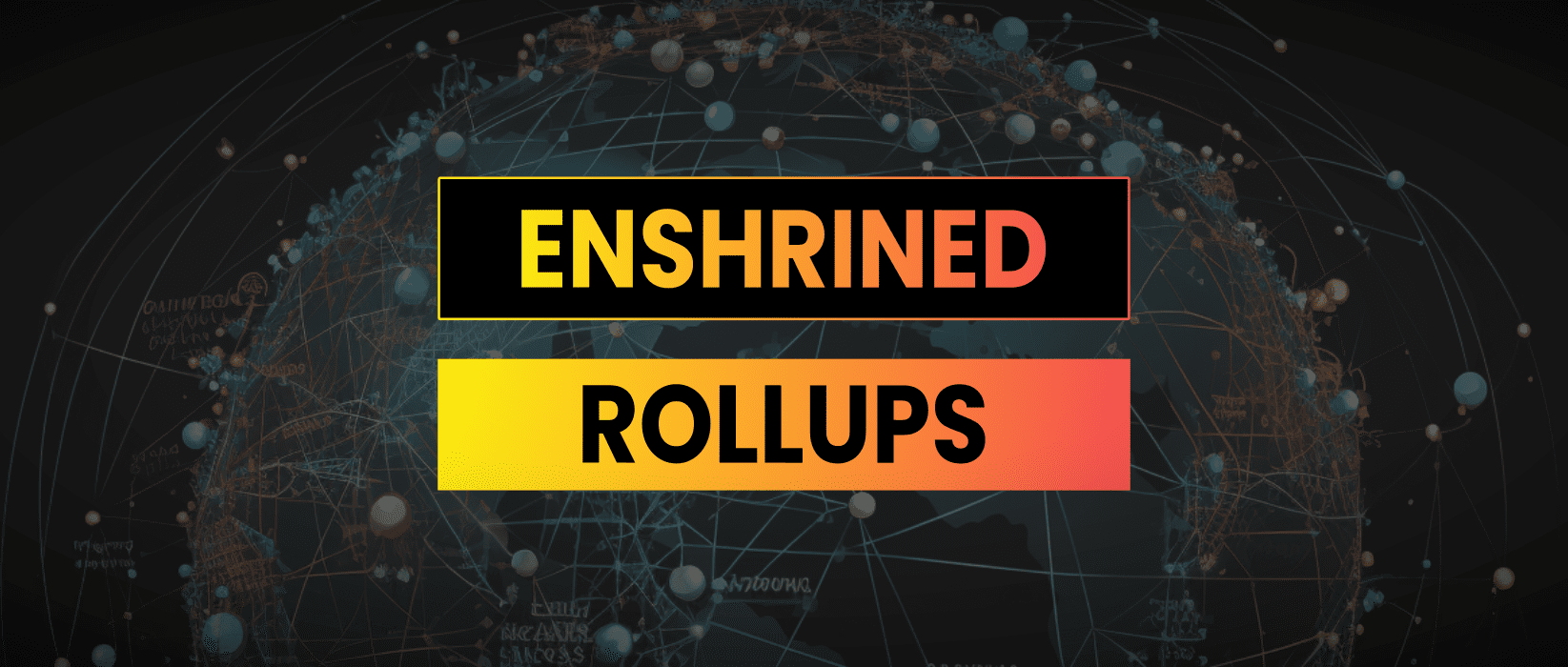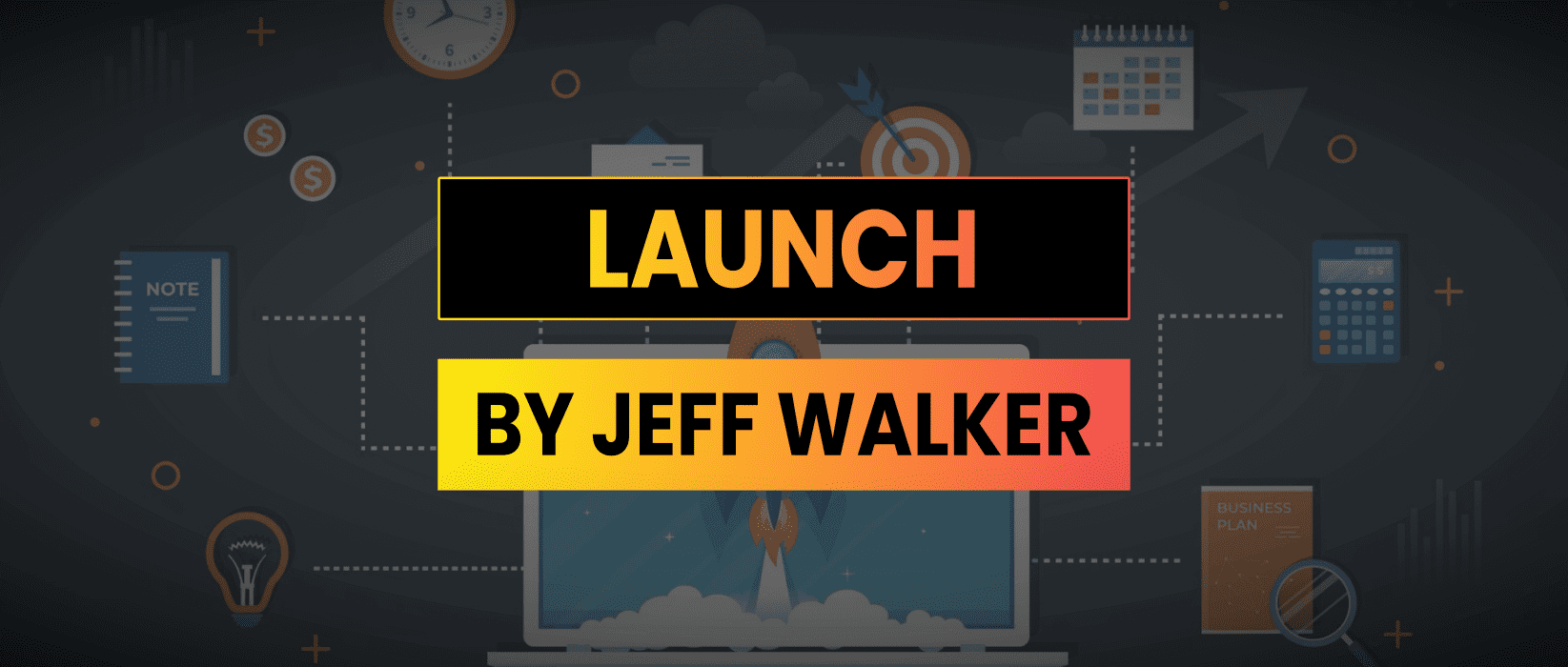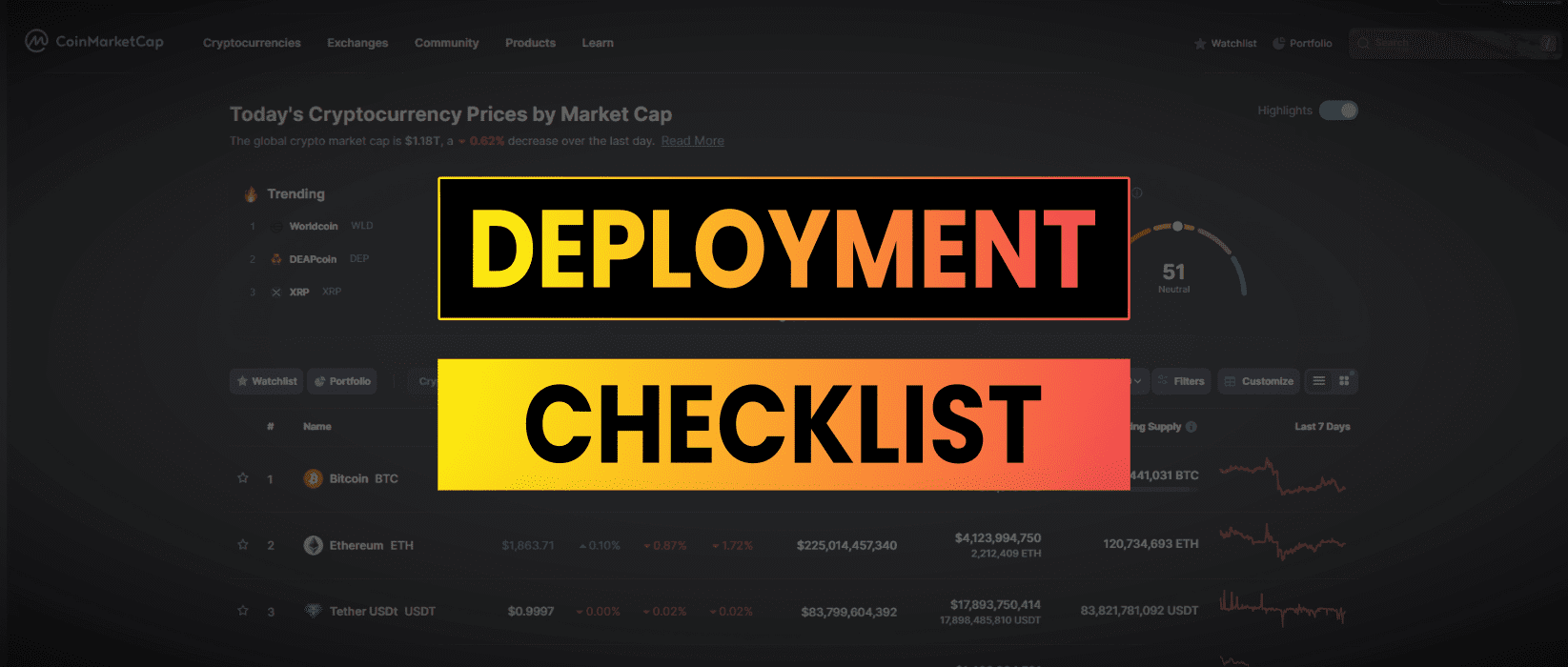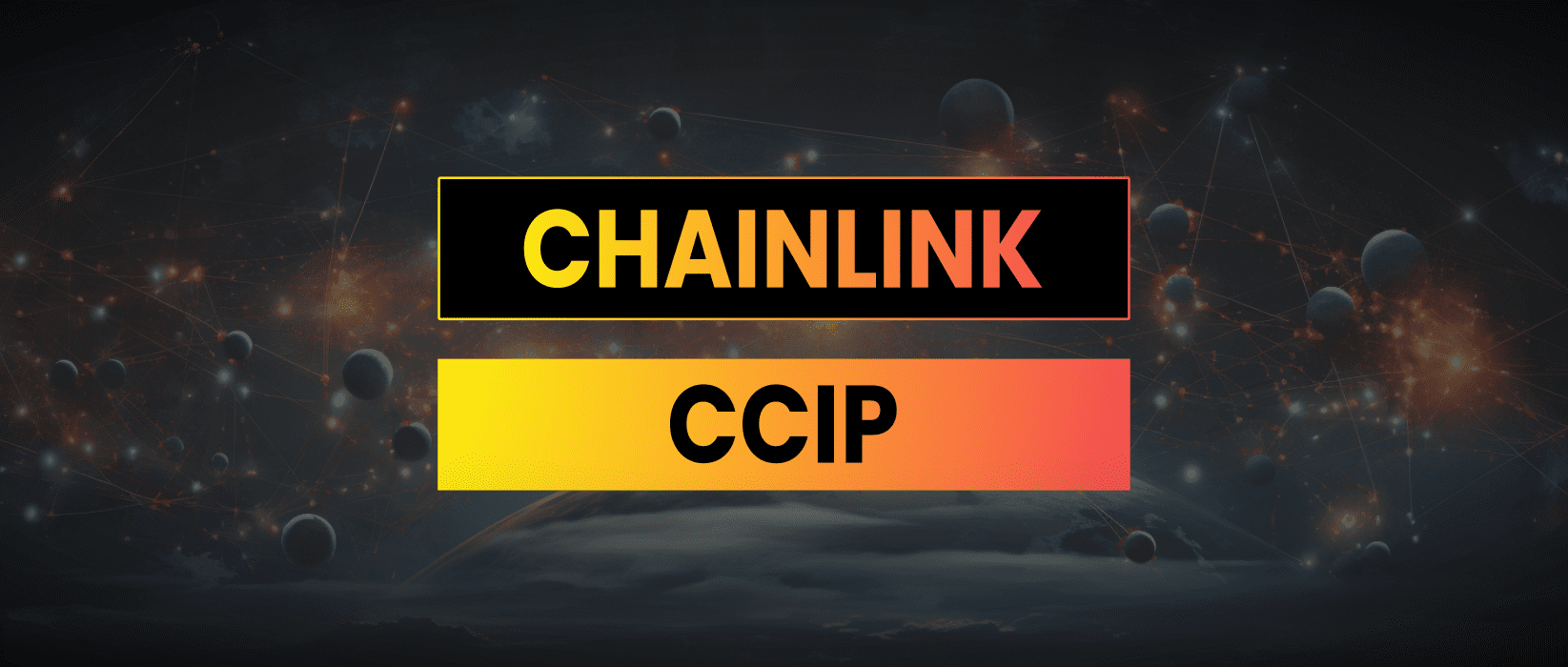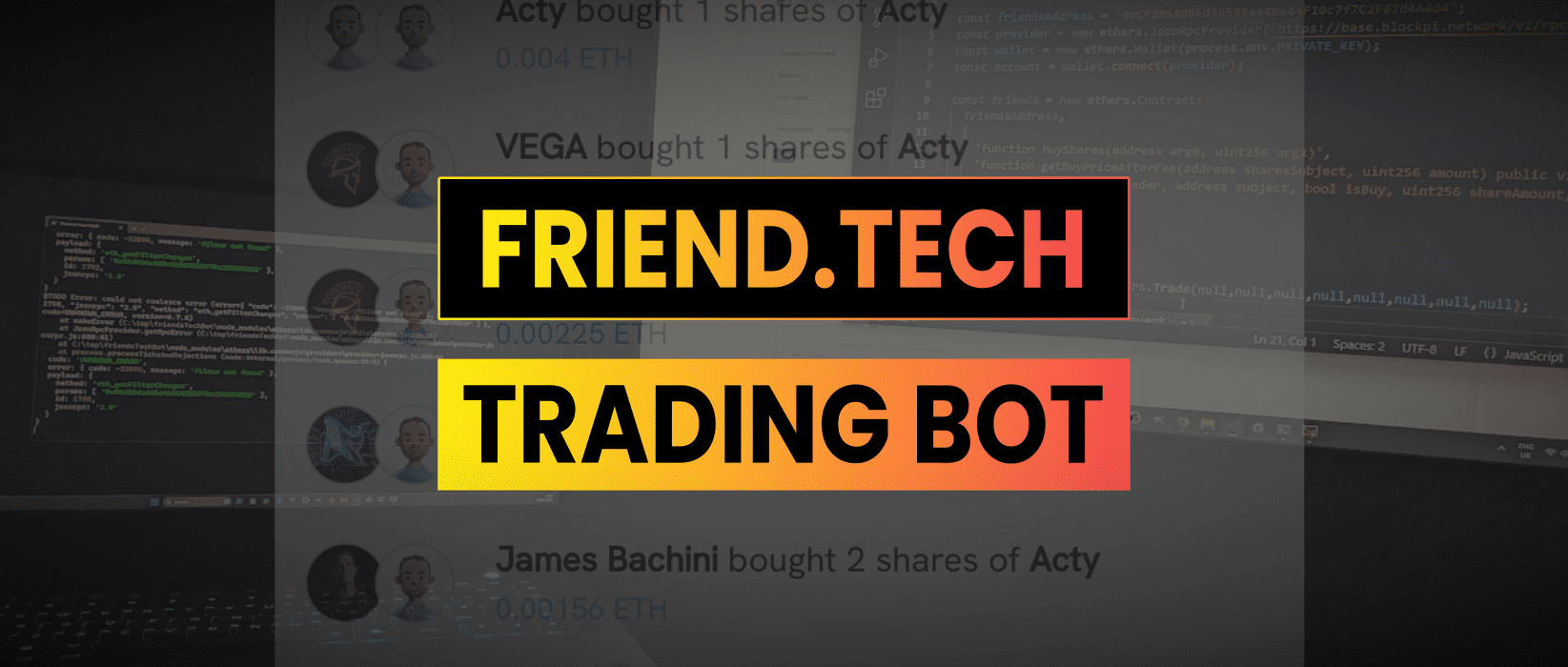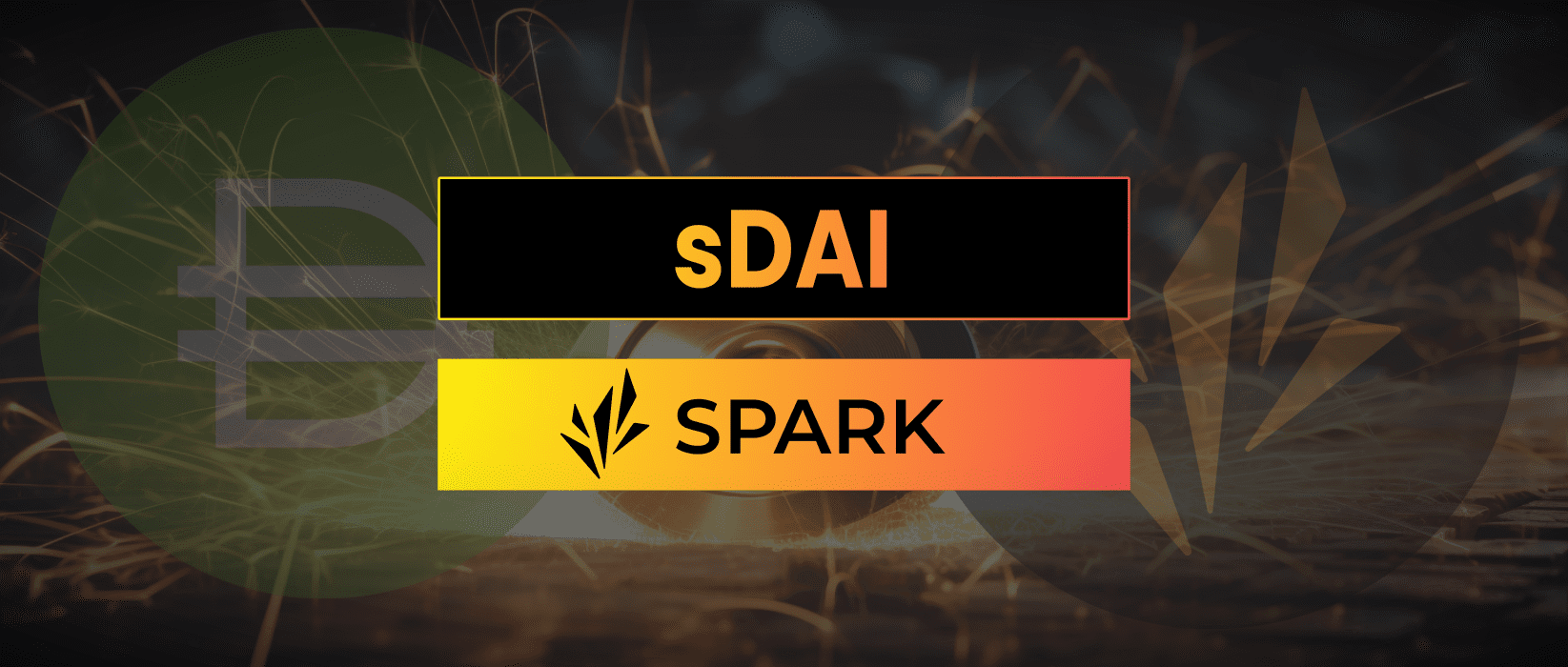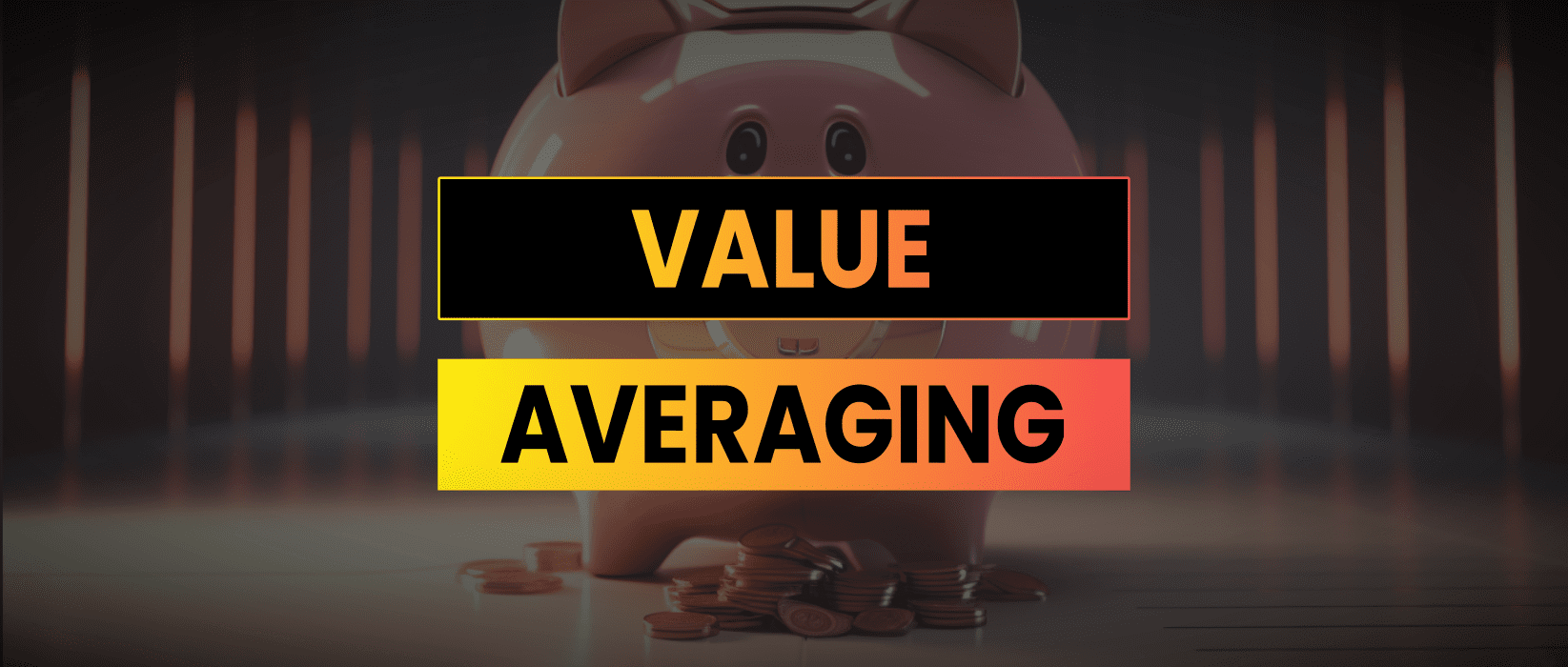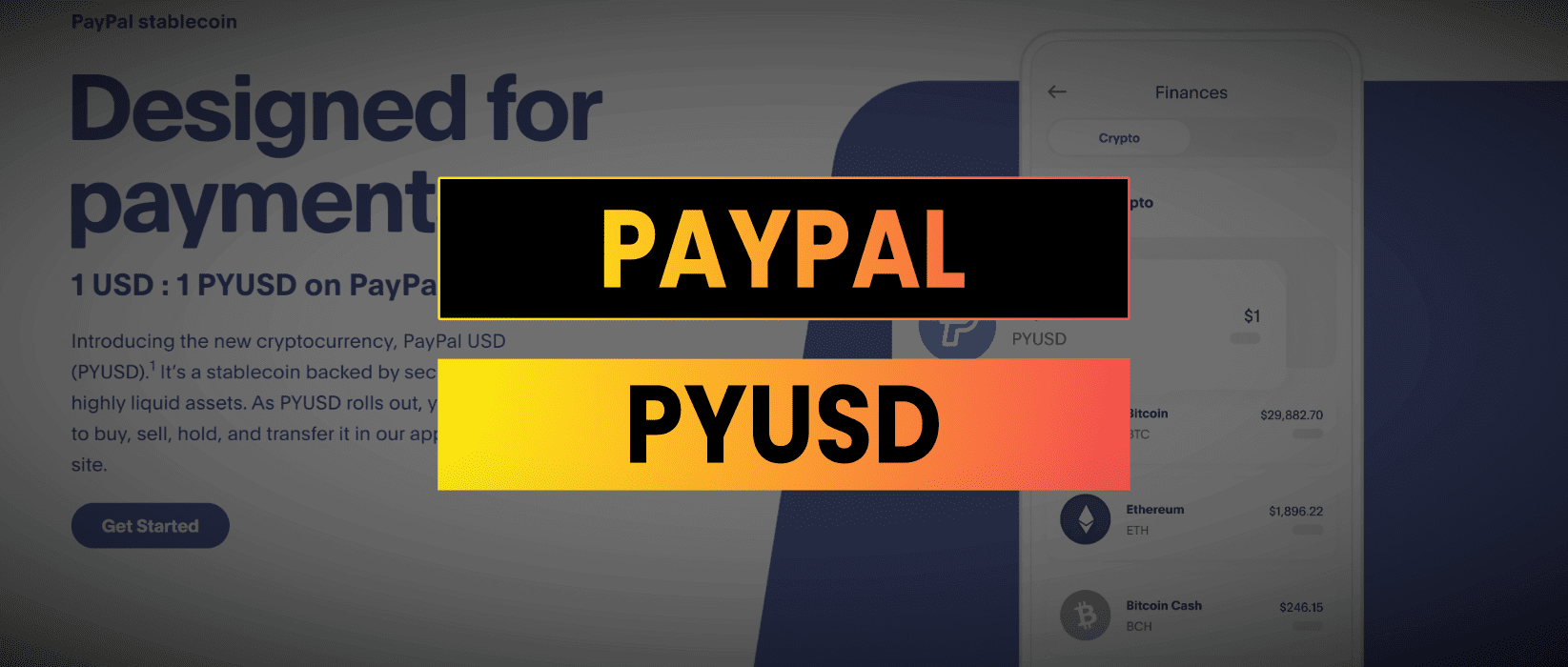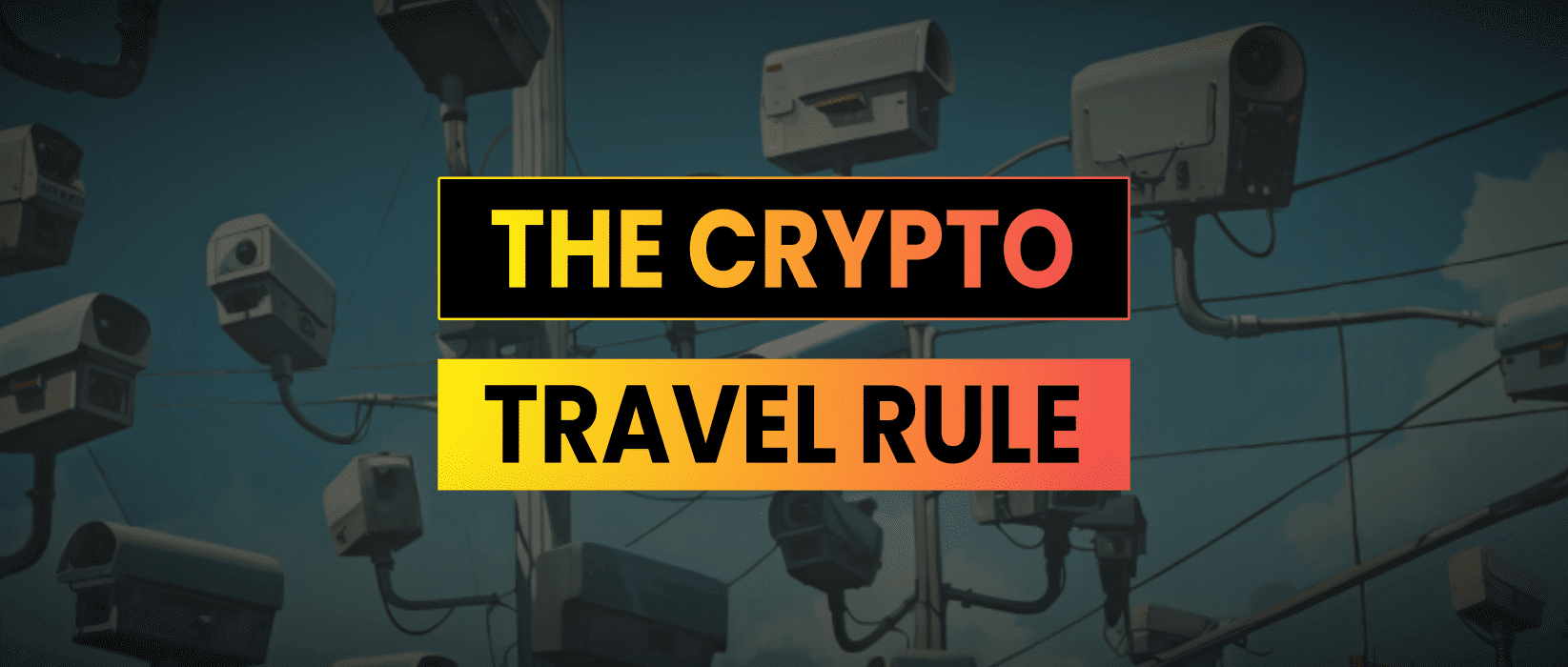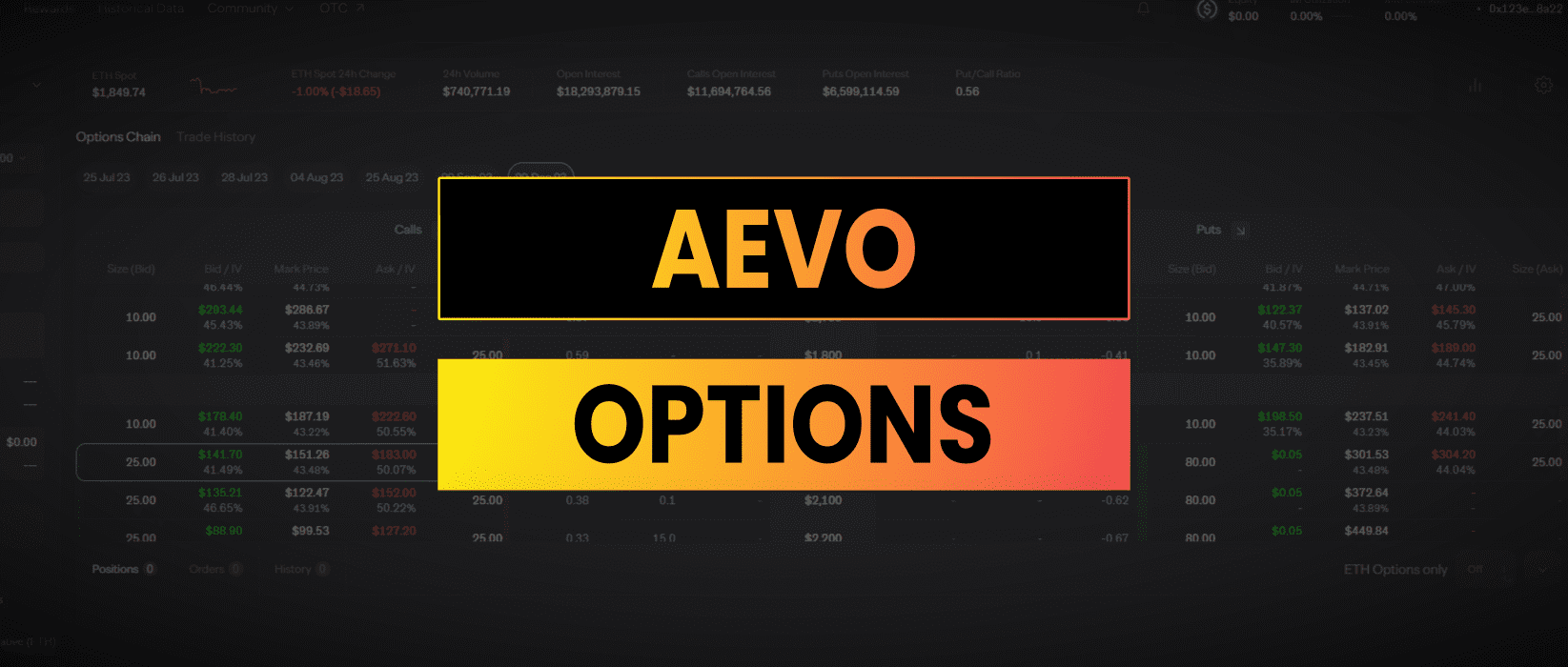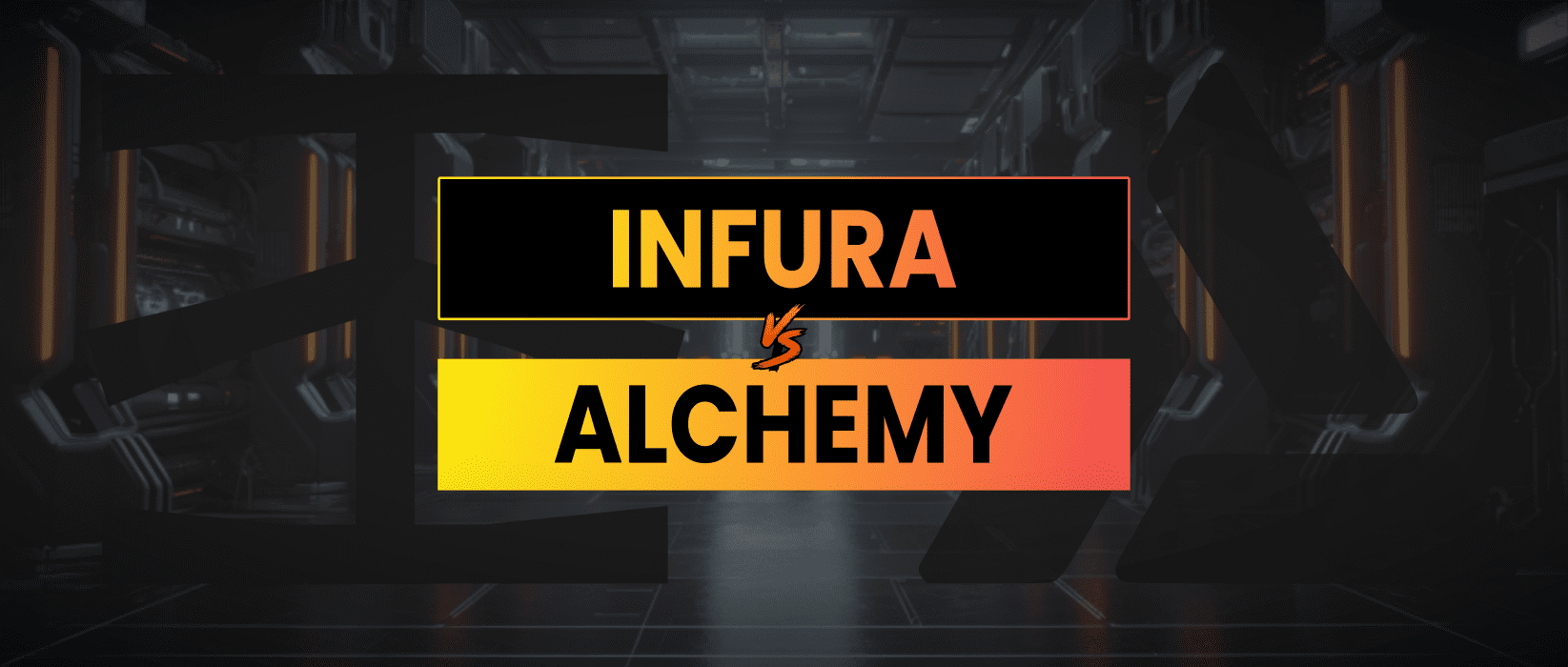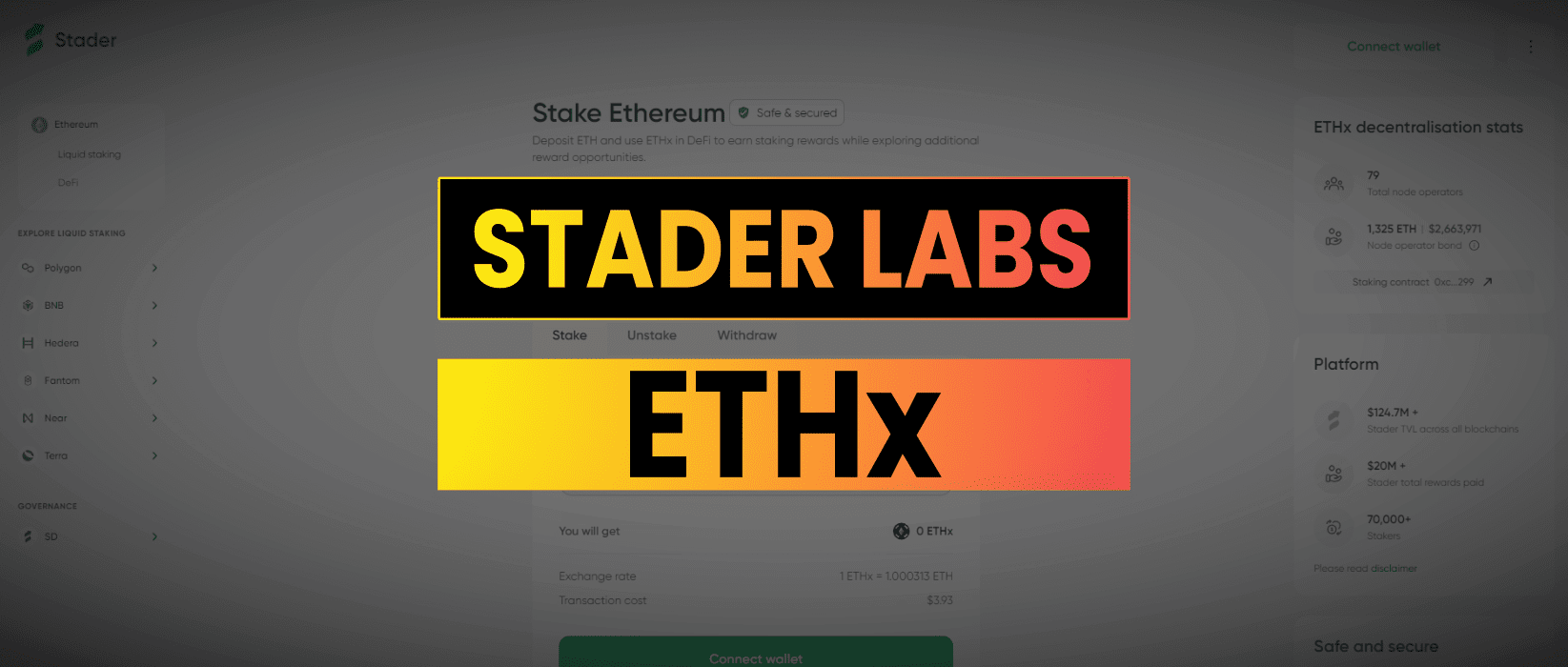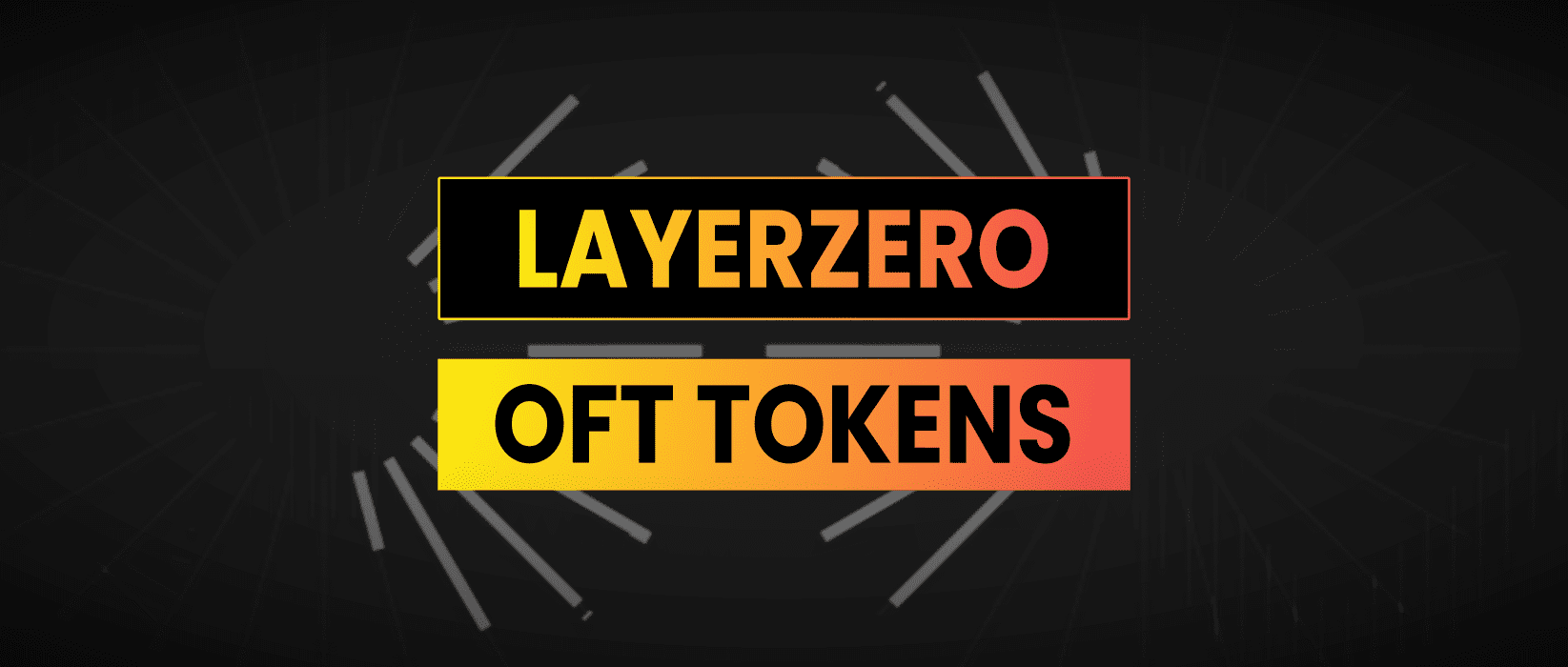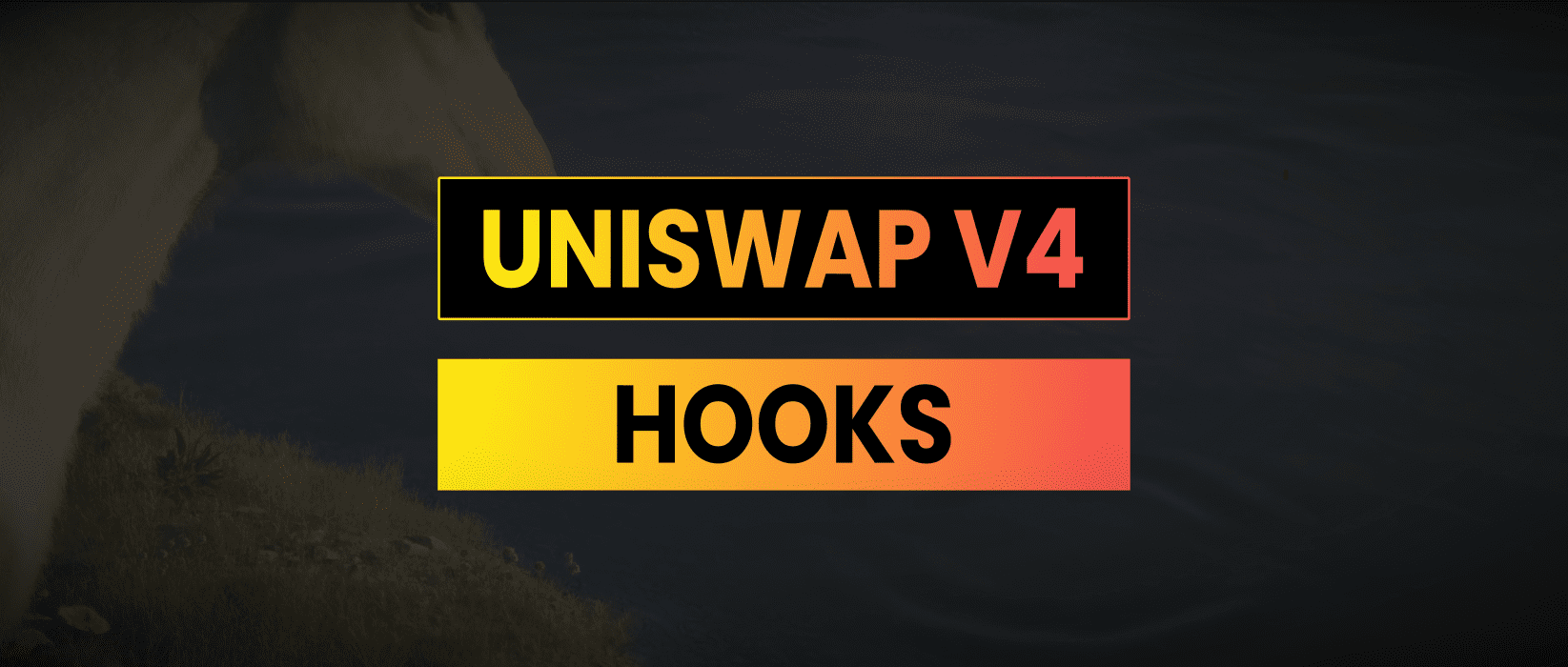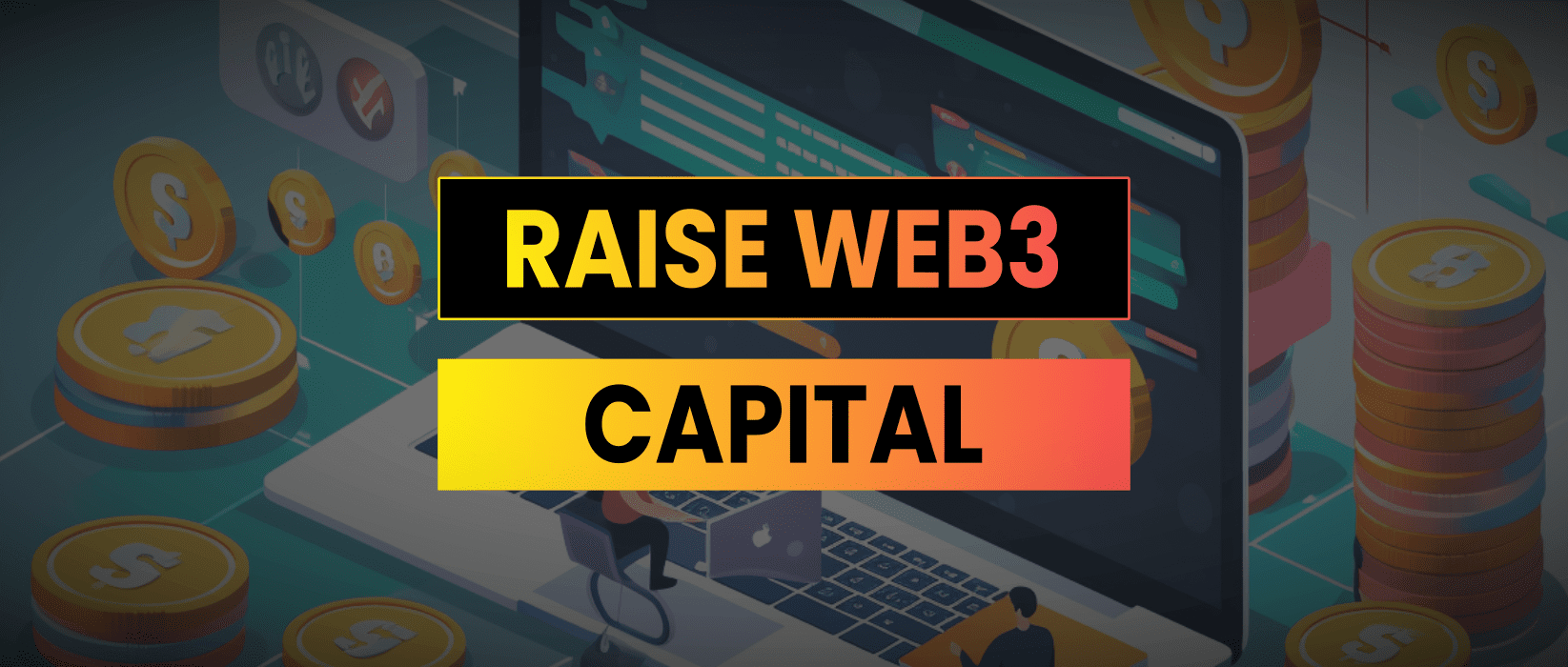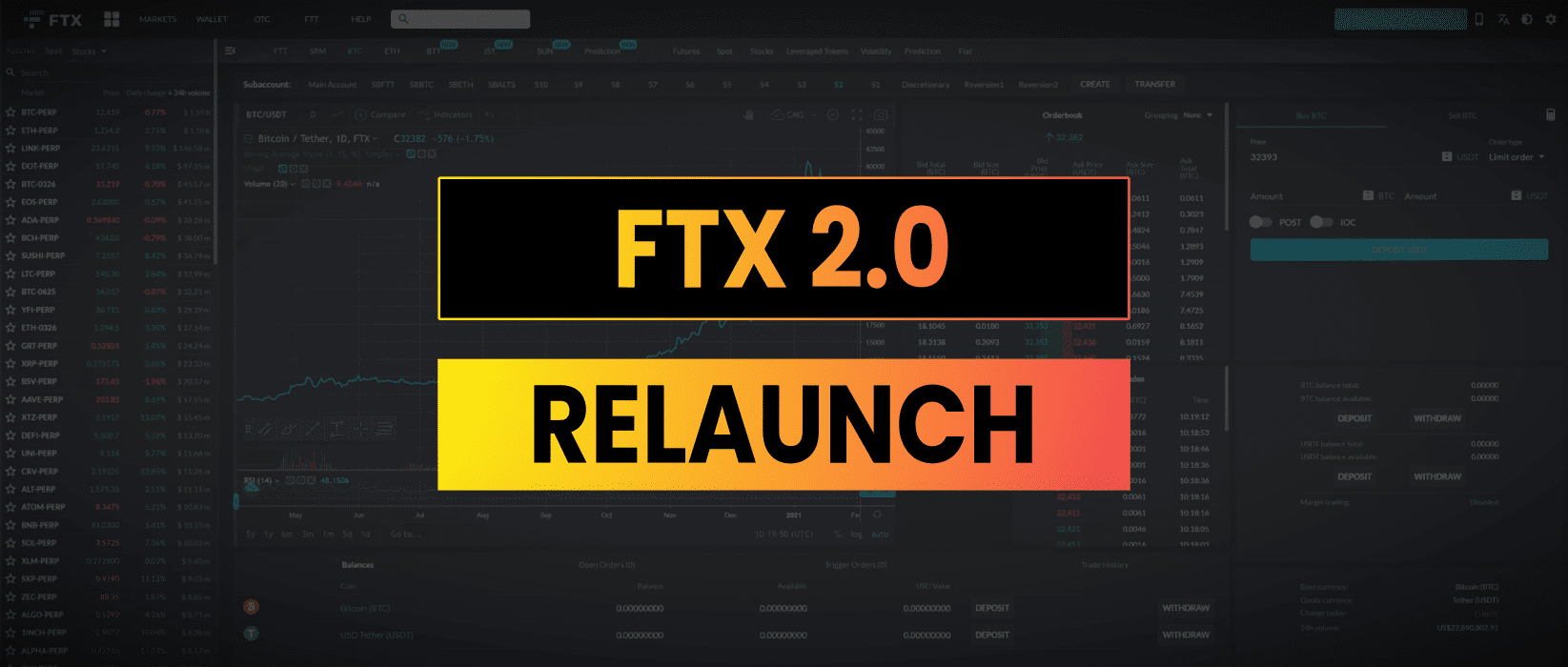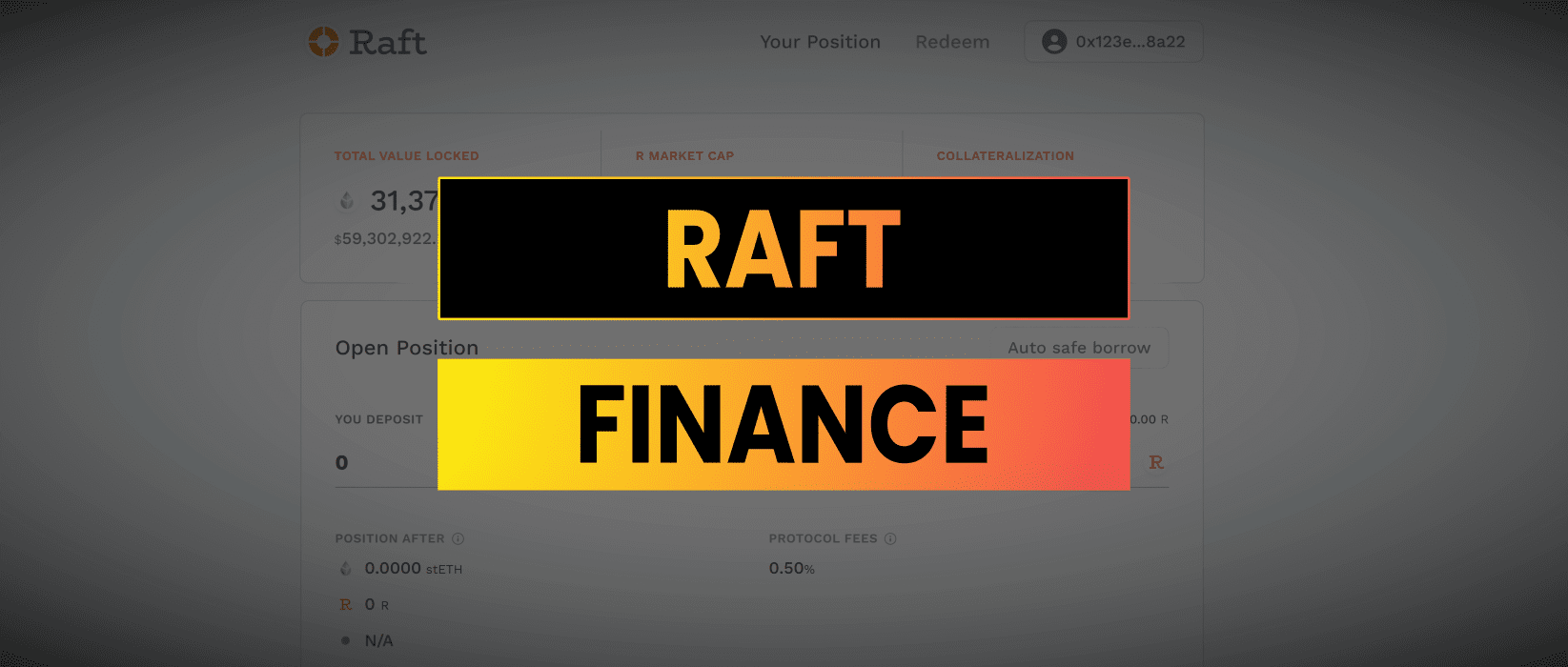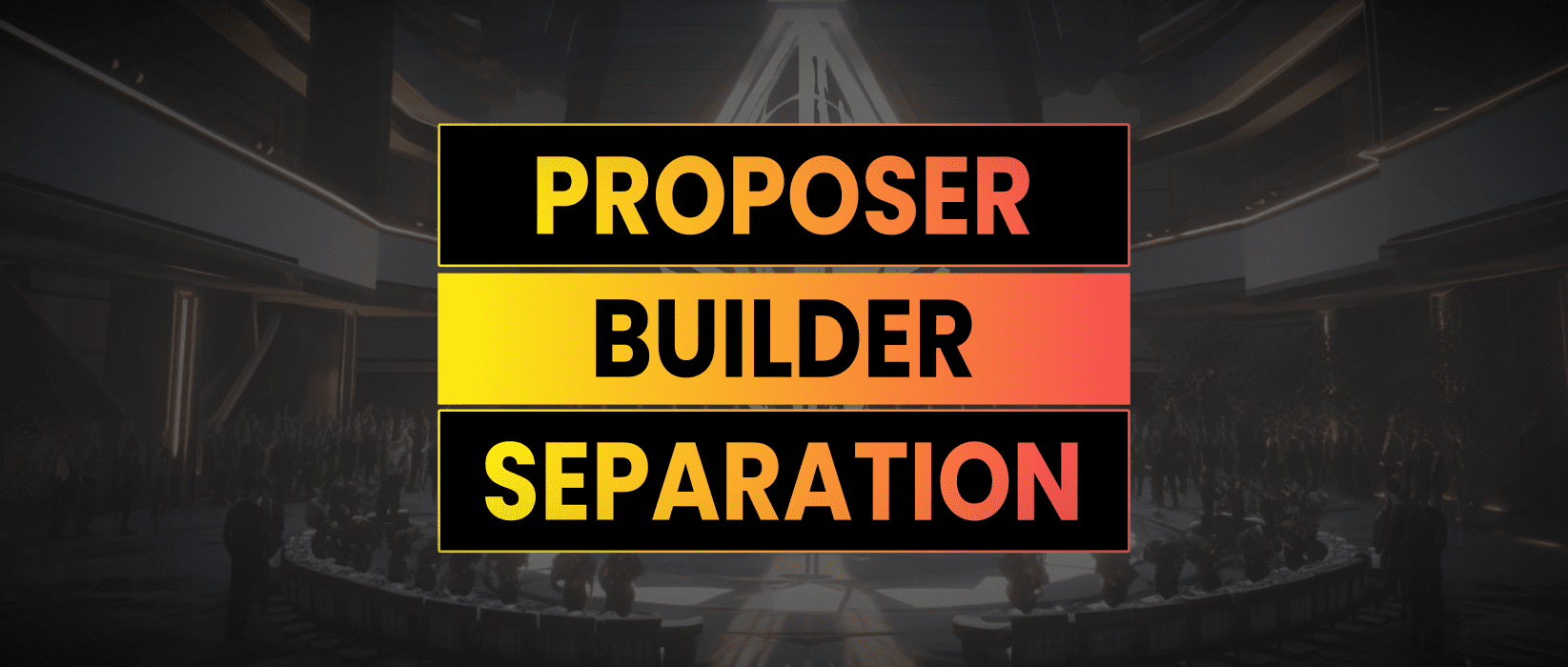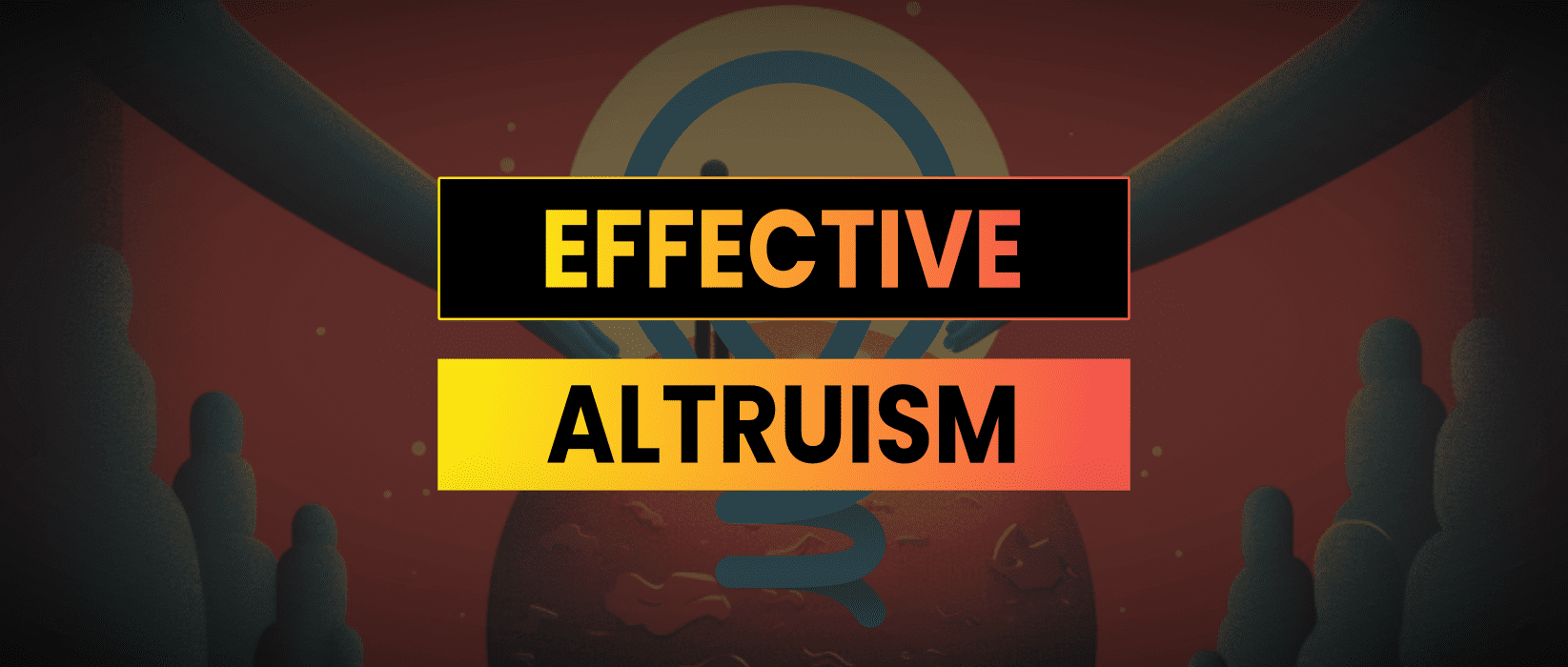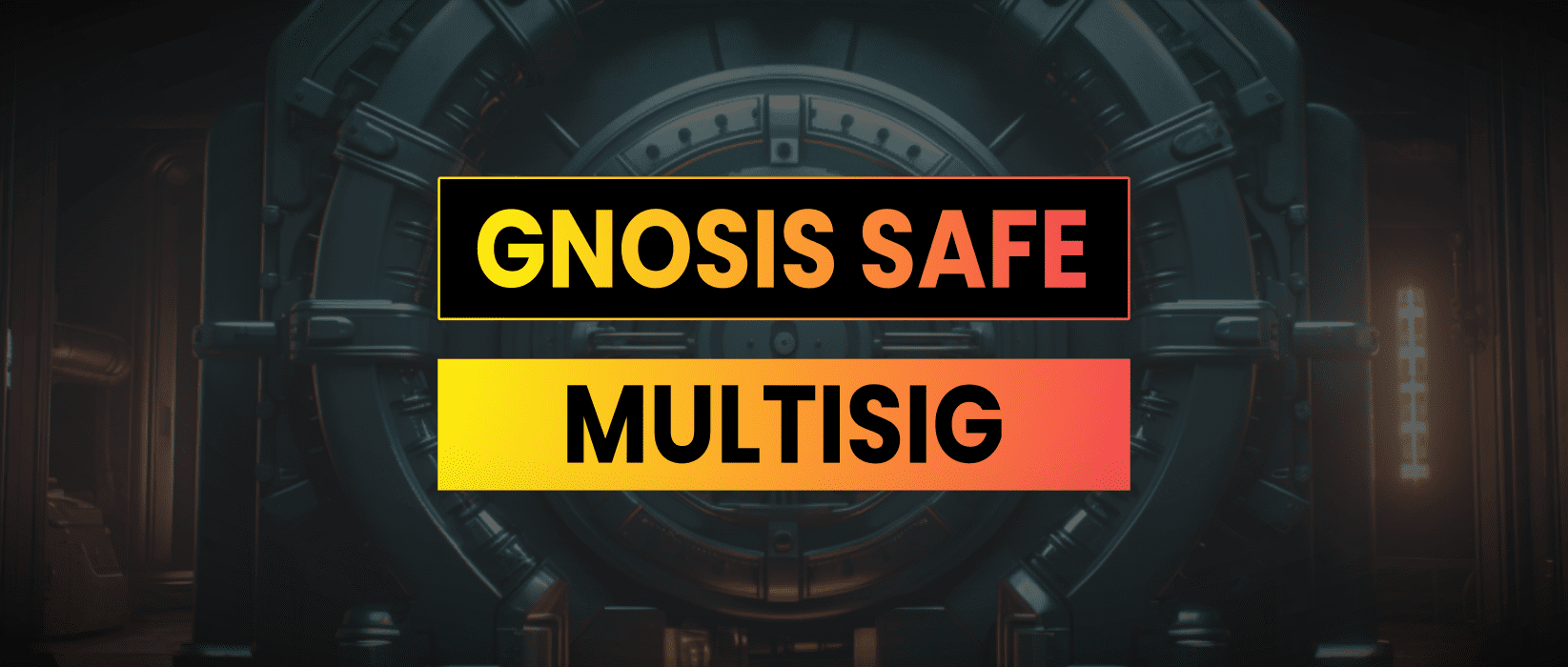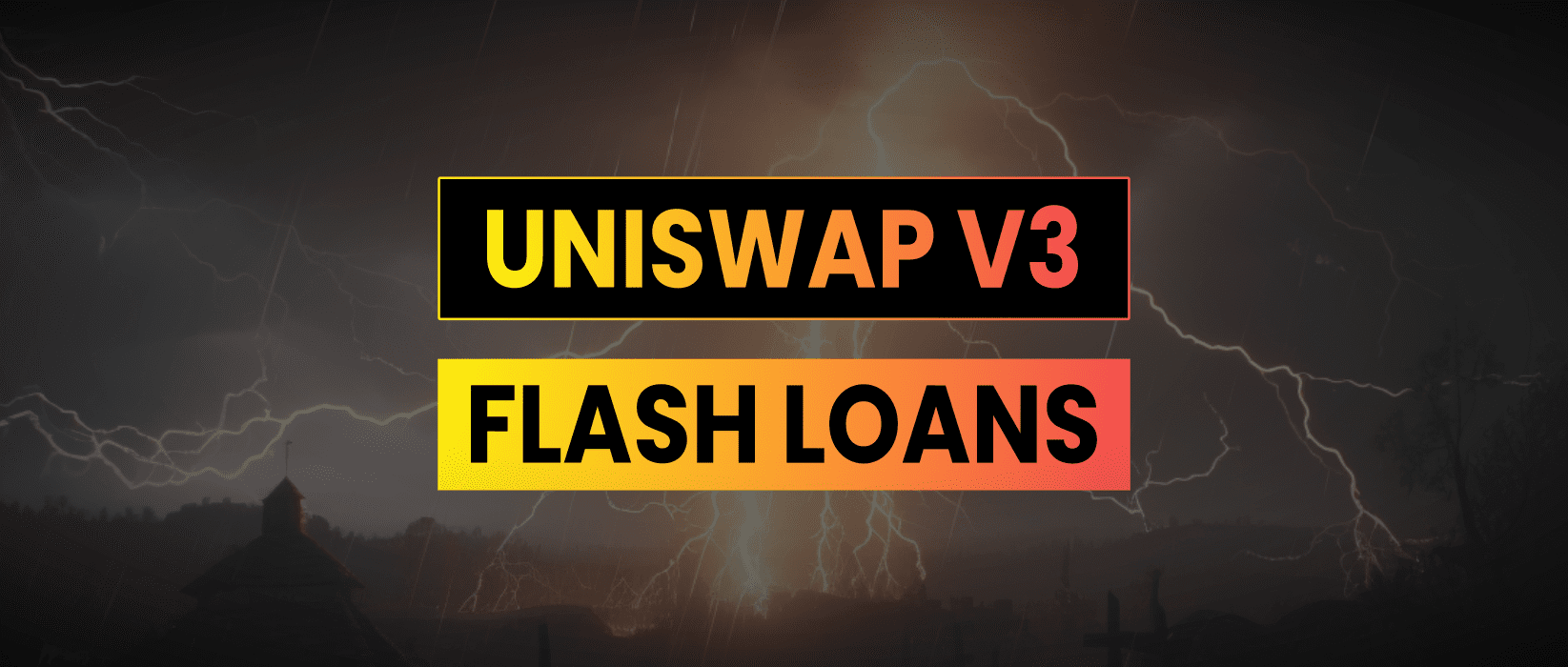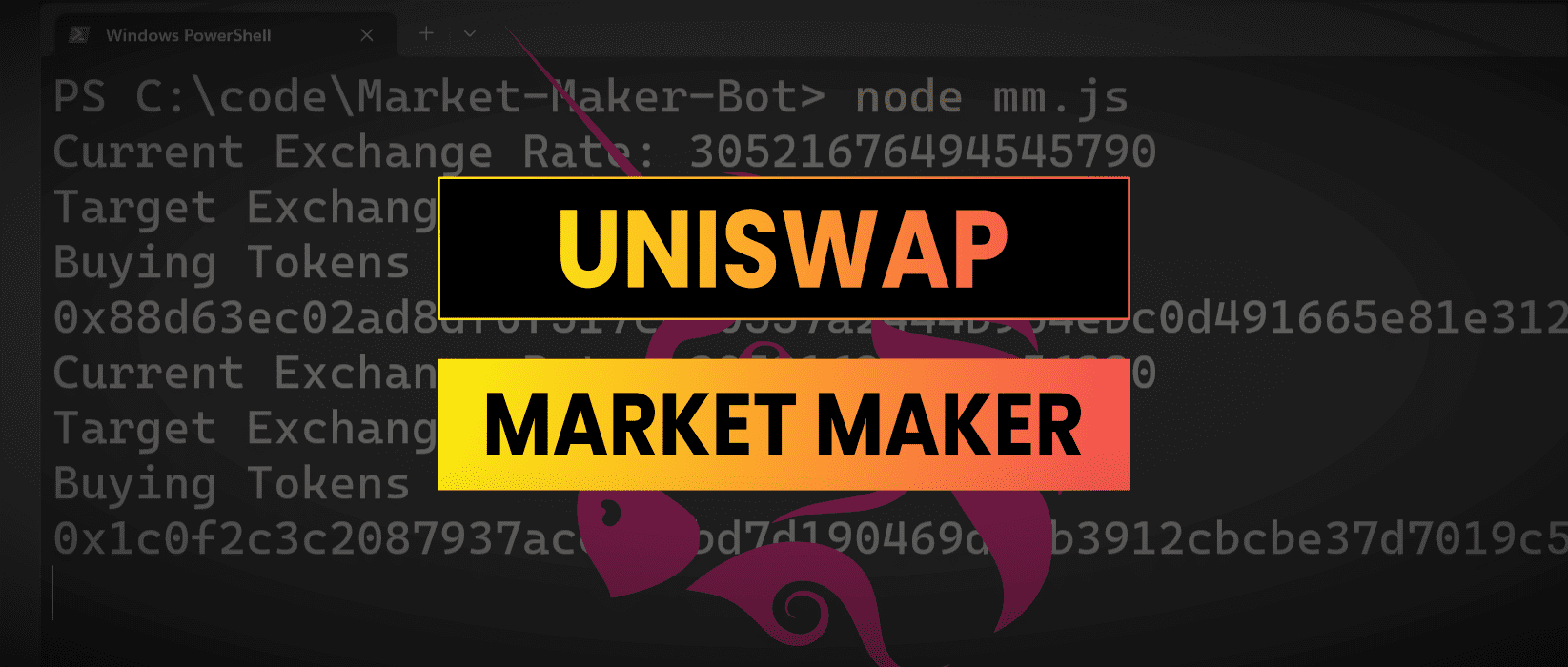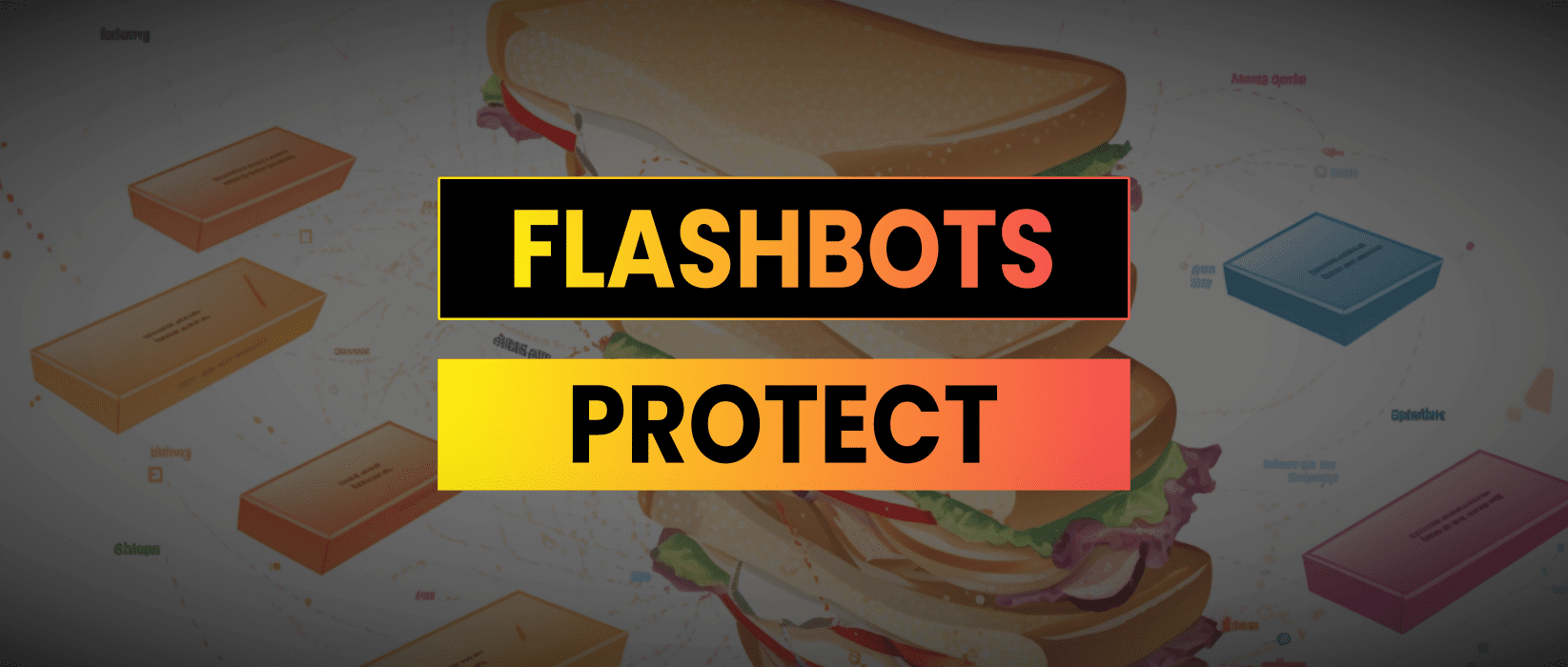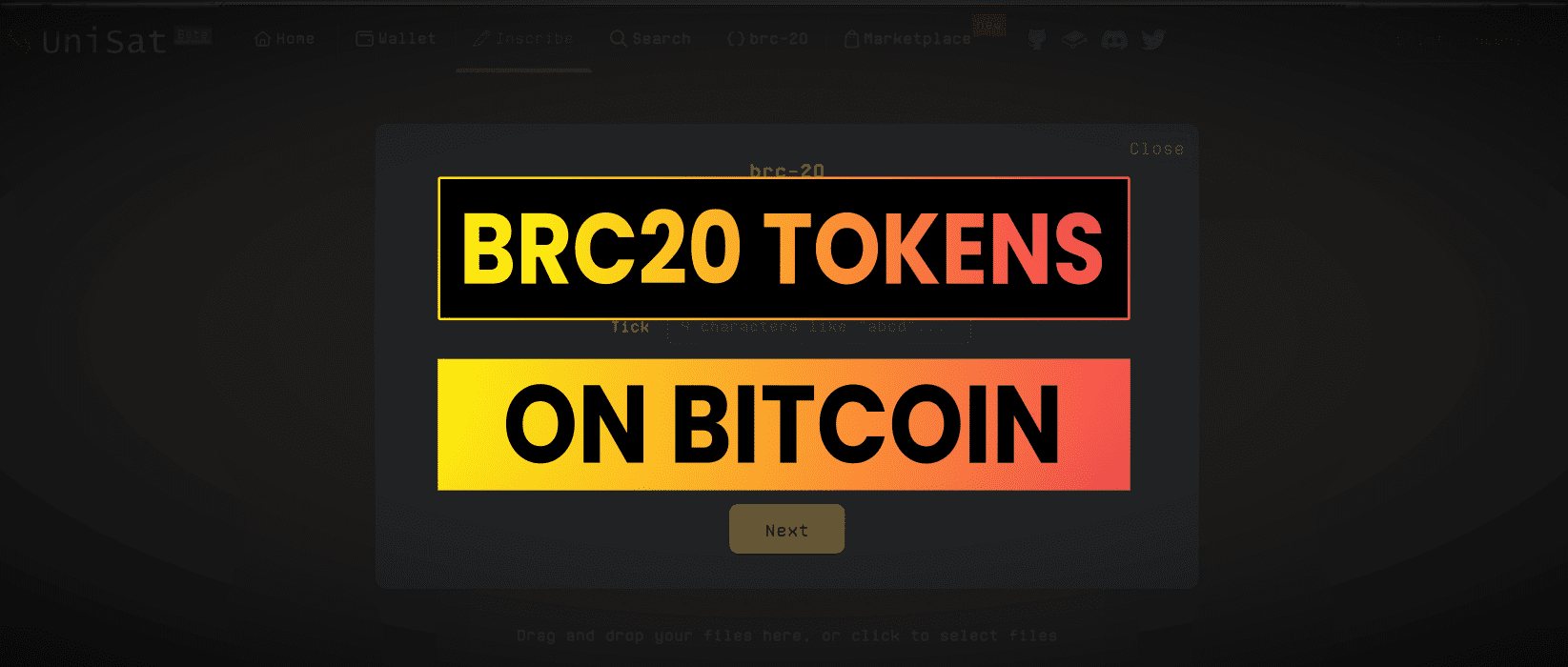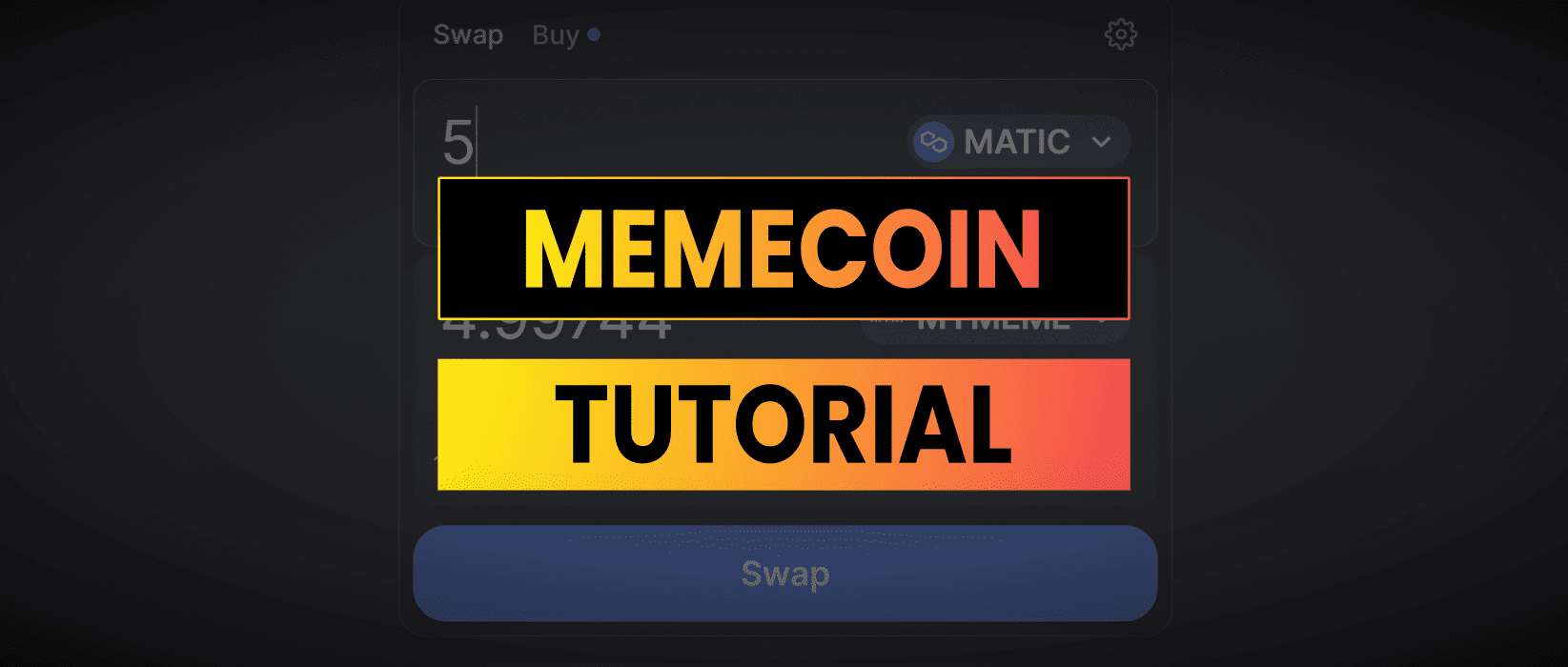Featured
-

Using ChatGPT To Explore Future Investment Opportunities
This post was inspired by @Jake_Pahors post on Twitter which led me down a rabbit hole of thinking about what the world might look like in 10 years time and what investment opportunities might arise from these changes. The first step was to get ChatGPT to check what I was missing using the following prompt.…
-

DeFi Whale Watching Tutorial & Code
Imagine if you could tap into the strategies of top investors and see where the smart money is allocating capital? Welcome to the world of DeFi whale watching, where tracking high net worth wallets can give you the edge and open up new Whale Watching Explained DeFi whale watching involves tracking the investments of “smart…
-

DeDollarisation In The Changing World Order
What if the world’s most dominant currency, the US dollar, is losing its grip on global power? De-dollarisation is a seismic economic shift that could reshape the global financial landscape as we know it. Imagine a future where the dollar’s influence wanes and emerging currencies, backed by hard assets rise to prominence. This change will…
-

DeFi Analysis With Rust
In this tutorial I’m going to provide some code and show you how to monitor the number of depositors to Eigenlayer over the last 24 hours. We will be using Rust with the Tokio and Ethers libraries along with the Infura API which you can get a free key from here. The first thing we…
-

Structured Products DeFi
We all remember the 2008 financial crisis, a global upheaval sparked in part by complex structured products like collateralised debt obligations. These financial instruments are still widely used in traditional finance to manage risk and enhance returns. But what if we could reimagine these products in DeFi? In this article, we’ll explore how decentralised structured…
-

ChatGPT vs Claude
In this test we will be comparing the performance of OpenAI’s ChatGPT to Anthropic’s Claude. Both are LLM based AI models designed to offer virtual assistant type services. There are free and paid services which are both around the $20/month range. At time of writing ChatGPT is using the 4o model and Calude is at…
-

How To Lookup An ENS Name In Python
To check a wallet token balance on the Ethereum blockchain using Python you will need the following: Once we have our API key ready and Python installed we can install web3.py using the following command Now let’s create a file called enslookup.py and add the following code. Enter your Infura API key on line 5.…
-

Building A Portfolio Tracker In Python
In this tutorial we will be building a digital asset portfolio tracking tool using python and the Coinbase API. You’ll need to install python and the following library to make requests. The code for this is open source on Github at: https://github.com/jamesbachini/Python-Portfolio-Tracker Put this in a file called portfolio.py or fork the repo above. Then…
-

Interest Rates, FOMC & Crypto
Ever wondered why crypto traders are obsessed with FOMC meetings and what the Federal Reserve are planning next? Interest rates set by the Fed impact the price of Bitcoin and other digital assets alongside stocks, shares and bonds. What if you could anticipate long-term price movements just by understanding a few macro economic principles? Let…
-

Building a Career in Web3
Web3 represents the future of the internet, where developers can deploy permissionless code on a decentralized network. Building a career in this space requires a combination of technical skills, practical experience, and a strategic approach. This article outlines the key steps for anyone looking to forge a career in Web3, from learning Solidity to launching…
-

Frontrunning Crypto Catalysts For Fun & Profit
There is opportunity in crypto markets if you can get ahead of the next narrative and allocate capital prior to mass of market participants. Staying ahead of the curve often means keeping an eye on emerging trends and strategic moves that can significantly impact a project’s market perception and value. In this article I’m going…
-

Ethena USDe | DeFi Analysis Report
Ethena Labs has introduced USDe, a synthetic dollar on the Ethereum blockchain. USDe is designed to be crypto native, stable and censorship resistant. This is a write up of my internal research notes, this is not a sponsored post and I do not hold any exposure to Ethena or USDe at time of writing. Do your…
-

Creating A Solidity Escrow Smart Contract
In this tutorial, we will create an Escrow contract using Solidity and deploy it to an Ethereum testnet. An Escrow contract is a financial agreement where a third party (the arbitrator) holds and regulates payment of the funds required for two parties involved in a given transaction. It helps make transactions more secure as it…
-

How To Create ERC404 Tokens Solidity Tutorial
An ERC404 token is a digital asset that combines the characteristics of ERC20 fungible tokens and ERC721 non-fungible tokens (aka NFT’s) to enable fractional ownership of an NFT. In essence, ERC404 tokens represent divisible parts of an NFT, allowing multiple individuals to own shares of a single NFT. This approach is designed to enhance the…
-

Adversarial Simulation Testing For Smart Contract Developers
I recently read Gene Kranz’s first hand account of the Gemini and Apollo Nasa missions. He talks about the rigorous simulation testing that flight directors had to partake in prior to a mission. Simulation testing plays a crucial role in ensuring the preparedness of astronauts and flight controllers for spaceflight. This process is managed by…
-

Javascript Smart Contracts
As an experiment I converted this Vyper token contract to a Javascript/Typescript syntax to see if we could make it easier for web developers to get up to speed with smart contract development. Solidity is the most popular smart contract language and it is already based losely on Javascript but there are plenty of syntax…
-

Vyper Tutorial | Learn Vyper In 24 Hours
Vyper is a pythonesque smart contract language that can be compiled and deployed on Ethereum and other EVM blockchains. 90%+ of blockchain devs use Solidity but there are some big projects such as Curve using Vyper and it’s growing in popularity and tooling compatibility. The best way to get started with Vyper is to head…
-

Using Vyper With Remix
You can now use Vyper (a smart contract programming language similar to python) with remix to build and deploy contracts on Ethereum and other EVM blockchains. The first step is installing the Vyper plugin at https://remix.ethereum.org/ where you’ll find a list of plugins using the icon in the bottom left. You’ll then get an extra…
-

Sell Me This Pen.sol
What happens when you ask a blockchain developer to sell you a pen? Etch your words permanently on the Ethereum blockchain where they will outlive you & create an everlasting record of your thoughts, contemplations & predictions. This is your chance to leave an eternal mark and express your presence in the digital age while…
-

LRTs | Liquid Restaking Tokens
I’ve previously discussed Eigenlayer and how restaking works but let’s look at what this will look like for the majority of users. Liquid Restaking Tokens are the equivalent of stETH for restaking where users can deposit assets to gain exposure to yield from restaking using a simple ERC20 token. This is a write up of…
-

Crypto Market Thesis 2024
The crypto market has experienced significant recovery this year, with Bitcoin’s value surging from $16,500 to over $40,000. Growth was shadowed by increased regulatory scrutiny, particularly impacting centralized exchanges. The Bitcoin halving in April 2024 is poised to be a pivotal event, historically triggering market rallies. The potential January approval of Bitcoin spot ETFs could…
-

Midjourney vs Dall-E (ChatGPT) | Best AI Image Generator Tests
I currently have a subscription to both Midjourney and ChatGPT but find myself using Dall-E more and more often for image generation tasks. I wanted to carry out some tests to decide if I still needed the Midjourney subscription. James On YouTube Watch On YouTube: https://youtu.be/mf1kWjzlsqI |Subscribe Midjourney vs Dall-E | The Differences Interface Dall-E…
-

How To Deploy A Website Or dApp To IPFS | Fleek Tutorial
Gm, in this tutorial we are going to be deploying a website to IPFS to create a decentralized frontend. To do this I’ll be using Fleek which has a free tier and which suits our needs. James On YouTube Watch On YouTube: https://youtu.be/https://youtu.be/DmpXbmjnpec |Subscribe We will start by getting our site on Github. We can…
-

Etherspot Account Abstraction Tutorial
I find it surprising and rare when using new technology and it just works and is intuitive. Getting up to speed with Etherspot and account abstraction is one of those rare occasions. In this tutorial I’ll show you how I created a little demo to create a smart wallet, fund it and then send batched…
-

TradingView Pine Script Examples | Master Pine Script With 6 Real World Examples
TradingView’s Pine Script coding language has emerged as the leading tool for traders looking to craft custom indicators and strategies with accuracy and ease. In this Pine Script tutorial I’ll provide a practical gateway into the intricacies of this coding language, tailored with useful examples to get you started. Whether you’re a novice coder or…
-

Solidity Proxy Contract Tutorial With Example Code
This Solidity proxy contract tutorial delves into the concept of upgradeable proxy contracts in Solidity, specifically utilizing OpenZeppelin’s proxy contract template. We’ll start with an understanding of how these contracts work, the compromise of immutable decentralization vs upgradeability and then dive into practical code examples. Upgradeable Proxy Contracts A proxy contract is a design pattern…
-

Web3 Session Keys
We are going on a journey to seamlessly integrate session keys into a web3 dApp, striking a balance between autonomy and ease of use that your users are yearning for. The goal is to enable users to authenticate with a digital wallet and store a session key on their device. This session key will provide…
-

ATOM Cosmos Analysis | A Deep Dive Into The Cosmos Ecosystem
This is a write up of my internal research notes, this is not a sponsored post and I do not hold any exposure to ATOM at time of writing. Do your own research, not investment advice. What Is Cosmos Cosmos is a decentralized layer zero network of independent blockchains, designed to enable scalability and interoperability between…
-

Ethers-rs Tutorial | The Rust Web3 Library
In this tutorial we will be setting up a Rust script to connect to a smart contract on a blockchain network to display on-chain data using the ethers-rs library. James On YouTube Watch On YouTube: https://youtu.be/FA7WFGtyri8 |Subscribe Let’s start by setting up a new Rust project (you’ll need rust installed on your device and I’ll…
-

ChatGPT Plus vs Free | Is The Paid Version Of ChatGPT Worth It?
ChatGPT Plus vs Free [Video] James On YouTube Watch On YouTube: https://youtu.be/U3xXd3vV4iU |Subscribe Why Upgrade To ChatGPT Plus? ChatGPT Plus is the paid version of ChatGPT, it currently costs $20/month + VAT and there are 3 main reasons why the average user would want to upgrade to the premium version: On top of this paid…
-

WAGMI Tutorial | The Web3 React Framework
WAGMI is a set of Typescript React hooks for web3 which enables developers to connect to smart contracts on blockchain networks. In this tutorial we will look at how to install and setup a boilerplate in WAGMI and then build a simple read query. WAGMI in 3 Mins [Video] James On YouTube Watch On YouTube:…
-

Emergent use cases for self-sovereign identity in DeFi
Abstract The DeFi sector is facing increased regulatory pressure to de-anonymize certain transactions and user profiles, while simultaneously dealing with flagging user confidence in terms of their individual rights to data privacy. This is providing fertile ground for innovative companies to try to allow end users to be the sovereign of their own identity and…
-

How I Track Developer Activity For Crypto Projects
In this article I’m going to share how to track developer activity for crypto projects for fundamental analysis. James On YouTube Watch On YouTube: https://youtu.be/DTI7ELSA6CA |Subscribe Understanding the Crypto Development Ecosystem Cryptocurrencies like Bitcoin and Ethereum as well as the majority of blockchain projects are fundamentally software. They are applications that run on a decentralized…
-

eBTC How To Trade The Flippening
eBTC is an over-collateralized digital asset pegged to the price of Bitcoin which can be minted using stETH as collateral. This is a write up of my internal research notes, this is not a sponsored post and I do not hold any exposure to eBTC at time of writing. Do your own research, not investment advice.…
-

MUX Protocol | DeFi Analysis Report
MUX is a decentralized trading platform offering slippage free trades and 100x leverage. This is a write up of my internal research notes, this is not a sponsored post and I do not hold any exposure to MUX at time of writing. Do your own research, not investment advice. The first thing that jumps out about…
-

How I Built A Smart Money List On Twitter
X formerly known as Twitter includes two features which allows us to create a list of accounts from people that frontrun narratives and successful trades. tl;dr if you just want to see the final list it is here: https://twitter.com/i/lists/1712044491618545903 James On YouTube Watch On YouTube: https://youtu.be/4qYraarbsYs |Subscribe Step 1. Collecting Project Data My main focus…
-

Investing In Real World Assets Through DeFi
Real world assets (RWA) are tokenized digital forms of traditional finance assets. A centralized entity will raise capital by selling tokens and investing the proceeds in to an underlying asset or strategy. This has become particularly popular with bonds and treasuries due to recent rises in interest rates. The market leaders in this field by…
-

Brine Finance | DeFi Analysis Report
Brine Finance is a decentralized orderbook exchange built on Starkware. They recently raised $16.5m at a valuation of $100m in a round led by Pantera Capital. This is a write up of my internal research notes, this is not a sponsored post and I do not hold any exposure to Brine at time of writing. Do…
-

OpenZeppelin 5 Solidity Common Errors
OpenZeppelin have just released version 5 of their Solidity smart contract libraries and there are some breaking changes that are going to cause errors. The two main ones are the Ownable.sol import which allows devs to create onlyOwner functions and the token hooks on ERC20, ERC721 & ERC1155 contracts. Ownable Constructor If you are getting…
-

Radix DLT | DeFI Analysis Report
Radix is a layer one blockchain which has recently gone live on mainnet enabling developers to deploy scrypto smart contracts. In this report I’ll explore the novelties of the technology, dive into the scrypto programming language, look at the excellent developer resources, analyze the tokenomics of the native XRD token and draw a conclusion on…
-

HyperLiquid | Decentralized Perpetual Futures Trading
Hyperliquid is a decentralized exchange that specializes in perpetual futures contracts. It’s seen modest growth through a difficult bear market and has a frontend remarkably similar to FTX. Let’s dive in. This is a write up of my internal research notes, this is not a sponsored post and I do not hold any exposure to HyperLiquid…
-

Understanding RFQ in Crypto | Request For Quote Systems
Uniswap recently announced they are developing an RFQ (request for quote) system that will change the way we swap digital assets. In this article we will look at RFQ in crypto and how it works. How RFQ Works RFQ works when a buyer invites sellers to bid on specific amount of an asset. The buyer…
-

Hardhat Solidity Tutorial
Hardhat is an extensive framework for developing, testing and deploying solidity smart contracts. In this Hardhat Solidity tutorial you will learn how to set it up, how to create hardhat unit test tricks, working with hardhat scripts and finally some Hardhat tips and tricks for Solidity developers. Hardhat Easy Setup Hardhat is built on NodeJS…
-

NEAR BOS | Blockchain Operating System
Near BOS is a complete framework designed for creating, testing, deploying and distributing decentralized application frontends. Developers can create Javascript based dApps with the frontend code stored and distributed from a blockchain. It is blockchain agnostic so you can store data on Near and EVM chains. BOS is a collection of components, blockchains & gateways.…
-

Celestia | Modular AppChains
Celestia is one of the most widely used scaling solutions for projects that need high throughput, cheap transactions on a dedicated decentralized public blockchain. The aim is for “developers to deploy their own blockchain as easy as deploying a new smart contract” This is a write up of my internal research notes, this is not…
-

Smol dApp | MultiSafe MultiChain MultiSig Wallets
Smol dApp is like a swiss army knife of useful tools for DeFi. Their main offerings are: The product we are going to look at todays is their flagship MultiSafe wallets. This is a GnosisSafeProxy contract which requires a set number of wallets to sign off on a transaction before it goes through. For example…
-

ApeX Pro | DeFi Analysis Report
ApeX Pro is a non-custodial decentralized orderbook exchange which is part of the ByBit group. This is a write up of my internal research notes, this is not a sponsored post and I do not hold any exposure to ApeX at time of writing. Do your own research, not investment advice. What Is ApeX Pro?…
-

Hardhat vs Foundry
I started developing solidity with Truffle, then moved to Hardhat, then moved to Foundry, then moved back to Hardhat before eventually settling using both on a regular basis. In this article I’ll talk about the benefits and disadvantages of Hardhat and Foundry so you can make an informed decision about which framework is better for…
-

The Definitive Guide To Enshrined Rollups
I believe that in the future 90%+ of transactional volume will go through enshrined rollups. So let’s take a in-depth look at what this technology is and how it is going to help Ethereum scale to a billion users. What Is An Enshrined Rollup? Enshrined rollups are a scaling solution being proposed by core developers…
-

Calculating The Intrinsic Value Of Bitcoin & Ethereum
Calculating the intrinsic value of Bitcoin, Ethereum and other digital assets is challenging due to its intangible nature. In this analysis I’m going to discuss common methods of calculating intrinsic value and then create a model using a combination of the methods. tl;dr based on the models described below: Methods Of Calculating Intrinsic Value Store…
-

Book Summary: Launch by Jeff Walker
I first read this book nearly a decade ago when it was called “The Product Launch Formula” but decided to revisit the updated version to go over some principles about launching products online. Here is a write up of my notes from the book which is available on Amazon. tl;dr Launch Takeaways Launch Book Notes…
-

The Essential Checklist For Deploying A New Token
In this article we are going to look at all the things that need doing when launching a new token to create a token deployment checklist for developers and founders. At the end there is a big list of all the token listing sites that you can submit your new token to. Unit Tests &…
-

Solidity Tutorial | Gas Paying NFT
The challenge is to create a NFT contract that charges 1 ETH to mint but then stores the entire amount as collateral in a liquid staking token. As staking rewards come in they get distributed to the holders of the NFTs. At any time a user can burn the NFT to reclaim the 1 ETH.…
-

Web3 PWA Boilerplate | How To Create Next Generation dApps
One of Web3’s biggest issues is getting around the centralization of app stores and their stringent terms on the commission requirements for digital asset payments and transfers. Progressive Web Apps (PWAs) in my opinion are the best solution as it allows you to install dApps directly on to a mobile device without using the app…
-

Chainlink CCIP | Cross-Chain Interoperability Protocol
From all the announcements at ETHcc, the release of Chainlink CCIP as a direct competitor to LayerZero for cross-chain communications and bridging technology, is perhaps the most interesting. The inherent security risks associated with bridging technology means that Chainlink are in a good position to leverage their brand and security record to gain traction in…
-

Spark Protocol sDAI | DeFi Analysis Report
Does earning 8% on your DAI stablecoin holdings sound too good to be true? Let’s take a look at how Spark Protocol is offering this APR using MarkerDAO’s Enhanced Dai Savings Rate system. This is a write up of my internal research notes, this is not a sponsored post and I do not hold any…
-

Book Summary: Mastering The Market Cycle By Howard Marks
In crypto we live and die by the four year market cycle and I read this with the ambition to learn from someone who has decades of experience and seen cycles play out across multiple markets. Here is a write up of my notes from the book which is available on Amazon. tl;dr Mastering The…
-

Value Averaging vs Dollar Cost Averaging
One of the most recognized techniques for investing is dollar cost averaging. A process where you invest equal amounts over set periods i.e. $100/month. A less well known strategy is value averaging which when compared across multiple markets and time frames is more effective. In this article I discuss the concept of value averaging, the…
-

A Close Look at PYUSD | Implications Of The PayPal Stablecoin
In August 2023 Paypal unveiled their new stablecoin, an ERC20 token built on Ethereum. The code is open source, the contract is verified on Etherscan, it’s a real token which is going to be available to Paypal’s 435m users. What Is pyUSD & How Does It Work The Paypal stablecoin was developed in partnership with…
-

How To Shuffle A Deck Of Cards In Solidity
In this post I explore how to simulate the shuffling of a deck of cards, addressing the challenges of randomness and predictability in a solidity smart contract environment where every input and output is part of the public record. Whether you’re looking to create an on-chain poker game, a collectible card game, or you’re simply…
-

The Secrets Web3 Marketers Use To Launch New Crypto Projects
My previous background in digital marketing and now having worked in the blockchain sector for 6 years provides unique vantage point on the differences between conventional and web3 marketing. Successful crypto projects create communities of advocates who act as micro-influencers championing the cause. In this article I’ll discuss why “build it and they will come”…
-

Crypto Travel Rule | Creating A Surveillance State
From the 1st September 2023 the crypto travel rule will come into force in the UK, the EU is holding a grace period with plans to bring it in towards the end of 2024 and it’s already in place in the US, Canada and other parts of the globe. What Is The Crypto Travel Rule…
-

Tokenized US Treasuries | Ondo Finance vs MatrixDock
Tokenized US treasuries offer a yield on stablecoin holdings and with rising interest rates they are quickly gaining traction in DeFi markets. In this article I want to look at two projects to see how they compare and how the real world asset ecosystem is shaping up. Real World Assets In the last six months…
-

Automate Solidity With MEV
There are no cron jobs in Solidity or native to the Ethereum blockchain. To automate Solidity code we can either use an external service/oracle or we can incentivise MEV searchers to complete tasks efficiently on our behalf. This type of Solidity automation is very common and used widely across liquidation systems which require reliable, fast,…
-

Solana SoLang Tutorial | How To Deploy Solidity On Solana
In this SoLang tutorial I’ll show you how to deploy Solidity code on Solana. We will start by setting up a dev environment before looking at some of the nuances in writing SoLang contracts. I’ll end on a few security considerations and a comparison to developing on Solana with SoLang vs Rust. Setting Up A…
-

Hop Exchange | DeFi Analysis Report
Hop Exchange is a bridging protocol that facilitates cross-chain token transfers by utilizing a network of bonders. I first heard it mentioned in a keynote by Vitalik at ethGlobal Waterloo. This is a write up of my internal research notes, this is not a sponsored post and I do not hold any exposure to Hop…
-

Infura vs Alchemy
Most users connect to blockchains using RPC node services. This is sometimes taken care of in the background, for example Metamask uses Infura nodes to send and receive transactions. Web3 developers use custom RPC nodes for their deployment scripts and transactions. Operating the nodes requires a reliable infrastructure service, and two of the most popular…
-

ETHx Stader Labs | DeFi Analysis Report
ETHx from Stader Labs is a solution committed to decentralization and keeping Ethereum accessible, reliable, and rewarding. Having just launched ETH stakers earn 1.5x staking rewards and $800,000 in DeFi incentives across various protocols for the first month. This is a write up of my internal research notes, this is not a sponsored post and…
-

Building LayerZero OFT Tokens In Solidity
LayerZero OFT tokens are a new standard for cross-chain assets. OFT’s (Omnichain Fungible Tokens) are not actually tokens themselves, but rather a set of instructions that tell LayerZero how to transfer tokens between different blockchains. In this tutorial we will be building a LayerZero OFT ERC20 token using Solidity and Remix. How LayerZero OFT Tokens…
-

XRP Legal Case | What It Means For Developers
In this article I’m going to be breaking down the document filed by judge Torres yesterday and consider what it means to developers working in the blockchain and web3 space. Highlights From The Ruling The full document is available here:https://www.nysd.uscourts.gov/sites/default/files/2023-07/SEC%20vs%20Ripple%207-13-23.pdf I’ve picked out some highlights Programmatic SalesHaving considered the economic reality of the Programmatic Sales,…
-

Uniswap v4 Hooks
Hooks in Uniswap v4 are external contracts that execute specific actions at certain points during the execution of a liquidity pool. These hooks provide flexibility and customization options for developers to create additional features for liquidity pools. Uniswap v4 hooks can be used to: A 3rd party developer can write a solidity hook contract with…
-

crvUSD Curve Stable | DeFi Analysis Report
Curve finance recently launched their own stablecoin crvUSD. I was lucky enough to meet one of the developers working on crvUSD at ethDenver and have been impressed with the product and how it has been rolled out. It is an algorithmic stablecoin with massive potential backed by one of the biggest names in DeFi, let’s…
-

3 Ways To Raise Web3 Funding
In this article I’ll explore 3 ways in which you can raise funds for your project with web3 products. Membership NFT A NFT is a non-fungible token, they are often represented as a unique image which can contain additional rights such as: To execute a NFT drop, the following steps can be taken: If any…
-

FTX 2.0 ReLaunch
FTX 2.0 is a proposed relaunch of the cryptocurrency exchange FTX.com, which filed for bankruptcy in November 2022. The FTX exchange was a profitable business, earning a small percentage from trading fees. However depositors funds were used to cover up losses from partner trading firm Alameda Research. Alameda also provided market maker services across all…
-

Raft Finance | DeFi Analysis Report
This DeFi analysis report for Raft Finance follows up on my analysis and investment in Lybra Finance. This is a write up of my internal research notes, this is not a sponsored post and I do not have any allocations at time of writing to Raft or the R stablecoin. Do your own research, not…
-

Can London Become A Crypto Hub?
Earlier this week one of Silicon Valley’s largest VC firms Andreessen Horowitz announced it would be opening an office in London for their a16zCrypto arm. In this article we will look at how well positioned the UK is relative to the rest of the world to become a fintech capital and hub for the blockchain…
-

Lybra Finance | DeFi Analysis Report
Lybra Finance allows stETH stakers to mint the eUSD stablecoin which has a 7.2% APY. This is a write up of my internal research notes, this is not a sponsored post however I have purchased an allocation of LBR Lybra Finance’s governance token in my personal portfolio. Do your own research, not investment advice. Update…
-

Raising Funds For Your Blockchain Project
For founders looking to raise capital there are a number of options which we will explore in this article. Private Round A private round is where a founder will outreach and pitch their concept to investors in the space. For raises under $100k angel investors can provide initial funding to get a project started. For…
-

Prisma Finance | acUSD an LST backed stablecoin
Prisma Finance is a DeFi project that aims to maximize the potential of Ethereum liquid staking tokens (LSTs). It introduces a stablecoin called acUSD, which is over collateralized by liquid staking tokens. The stablecoin is designed to be capital-efficient and offers additional incentives through integration with Curve and Convex Finance. This is a write up…
-

Assessing Smart Contract Security Auditors
A smart contract audit can cost anything from $5,000-$250,000 USD. Within this range there is a wide range of services, some offer better value for money than others. In this article I will go through the options for founders looking to hire an auditor and some of the checks you can do to ensure you…
-

Proposer Builder Separation
Proposer Builder Separation (PBS) is an Ethereum concept that aims to reduce relay centralization and redirect a proportion of MEV to validators staking Ethereum. In the current Ethereum network, validators are responsible for both proposing and building blocks. They are incentivised to coordinate with 3rd party MEV protocols which order the transactions in the blocks.…
-

Alchemix Self-Repaying Loans
Imagine a financial system where your loans automatically pay themselves off, interest-free and without the need for monthly repayments. Alchemix is a synthetic asset protocol run by community DAO. This is a write up of my research notes and is not sponsored in any way. I currently at time of writing have no stake in…
-

Effective Altruism | Leveraging Innovation & Transparency for Social Good
Effective altruism is a philosophy rooted in maximizing the positive impact of our actions to improve the lives of others. It has gained significant traction in recent years, especially among proponents in crypto circles who resonate with the data driven approach. This article explores how effective altruism, when combined with innovation and transparency, becomes a…
-

Gnosis Safe | The Most Secure Multisig Wallet For Your Crypto
Gnosis Safe multisig wallets are used by institutions and individuals to hold some of the largest quantities of funds on the Ethereum network. The free to use wallet includes multisignature functionality for enhanced security and control over digital assets. It is developed by Gnosis, a blockchain technology company based out of Switzerland and Germany, known…
-

Ultimate Guide To Hire A Solidity/Web3 Developer
In this comprehensive guide, I will explore how to hire a Solidity/Web3 developer. Contractor, Partner or Employee The first thing you need to decide is whether you want to hire someone on a permanent basis or not. With Solidity development the contracts don’t tend to get updated once they are deployed so the bulk of…
-

Snapshot | Gasless Voting for Decentralized Communities
In decentralized communities voting plays a crucial role in governance and development of roadmaps. Snapshot is disrupting the traditional DAO voting model with a gas free voting platform. This is not a sponsored post and I have no stake in Snapshot, I do however like to use and promote open source tools which enable decentralized…
-

Is My Token A Security? The Howey Test For Digital Assets
The SEC & Securities Regulations The Securities and Exchange Commission (SEC) is an independent agency of the United States federal government that is responsible for regulating securities and protecting investors. In practice they have done more to protect Wall Steet financial institutions than they have ever done for individual investors. The SEC regulates securities through…
-

Introduction to Flash Loans | Unleashing Capital On Demand
In this tutorial on flash loans we will be creating a Solidity smart contract which takes a flash loan from Uniswap v3. This allows you to borrow huge amounts of capital with the catch that you have to pay it back in the same block or the whole transaction is reverted. James On YouTube Watch…
-

Uniswap Market Maker Bot | Managing Token Liquidity On Uniswap
In this tutorial I am going to go through how I built a market maker bot to manage liquidity on Uniswap v3 for a token pair. The idea is to create a automated trading bot which buys tokens when price falls below a base line value and sells tokens when price is above the base…
-

Trading The Lifecycle Of Crypto Narratives
The blockchain sector moves fast and attention shifts rapidly as crypto narratives emerge inflating valuations for sub-sectors before moving on to the next big thing. In this article I’m going to outlay my research into the lifecycle of crypto narratives to explore how we can best position our portfolios and allocate funds in a +EV…
-

Defending Against Sandwich Attacks and MEV | A Guide to Flashbots Protect
By using a private mempool such as Flashbots protect, Ethereum users can protect themselves against MEV (maximum extractable value) including sandwich attacks. It doesn’t cost anything to use and is easy to setup with existing digital wallets, such as Metamask. Sandwich Attack Protection MEV refers to the potential profit that miners can extract from the…
-

How To Create A BRC20 Bitcoin Token
In this tutorial we will create our own BRC20 token on the Bitcoin network. James On YouTube Watch On YouTube: https://youtu.be/6eTN2fVd4Pw |Subscribe What are BRC20 Tokens? BRC20 tokens are created using the Bitcoin Ordinals protocol. The Ordinals protocol is a set of rules that govern how inscriptions are created, transferred and managed. Bitcoin and the…
-

How To Create Your Own Memecoin With Solidity and Uniswap
In this tutorial we will be creating a permissionless, ERC20 memecoin and deploying it with a Uniswap v3 liquidity pool so users can buy it on the decentralized exchange. This tutorial is for demonstration purposes, don’t speculate on memecoins. James On YouTube Watch On YouTube: https://youtu.be/-bVzqtIa0bc |Subscribe The full source code for this is at:…
-

What is Pepe | A Memecoin Story
The Pepe memecoin is a cryptocurrency based on the Pepe the Frog meme, which originated on the imageboard website 4chan in 2005. The meme gained mainstream popularity in 2016 when it was adopted by supporters of then-presidential candidate Donald Trump. PepeToken is an ERC20 token on the Ethereum blockchain. It is widely traded across many…
-

MEV Uncovered | The Dark Side Of DeFi
MEV (Maximal Extractable Value) is a term used to describe the maximum value that can be extracted from block production beyond the standard block reward and gas fees by including, excluding, and changing the order of transactions in a block. MEV can be thought of as the economic value that arises from the ability to…

